2023 Year in Review
Queue the fun little 12 month recap. Last year I shot some of my favorite artists in concert, saw the aurora borealis, adopted a cat, messed around with new cameras and lenses, bowled a 177 game, got drunk and tanked my chess rating, and much more! Below are some of my favorite photographs that I created last year.
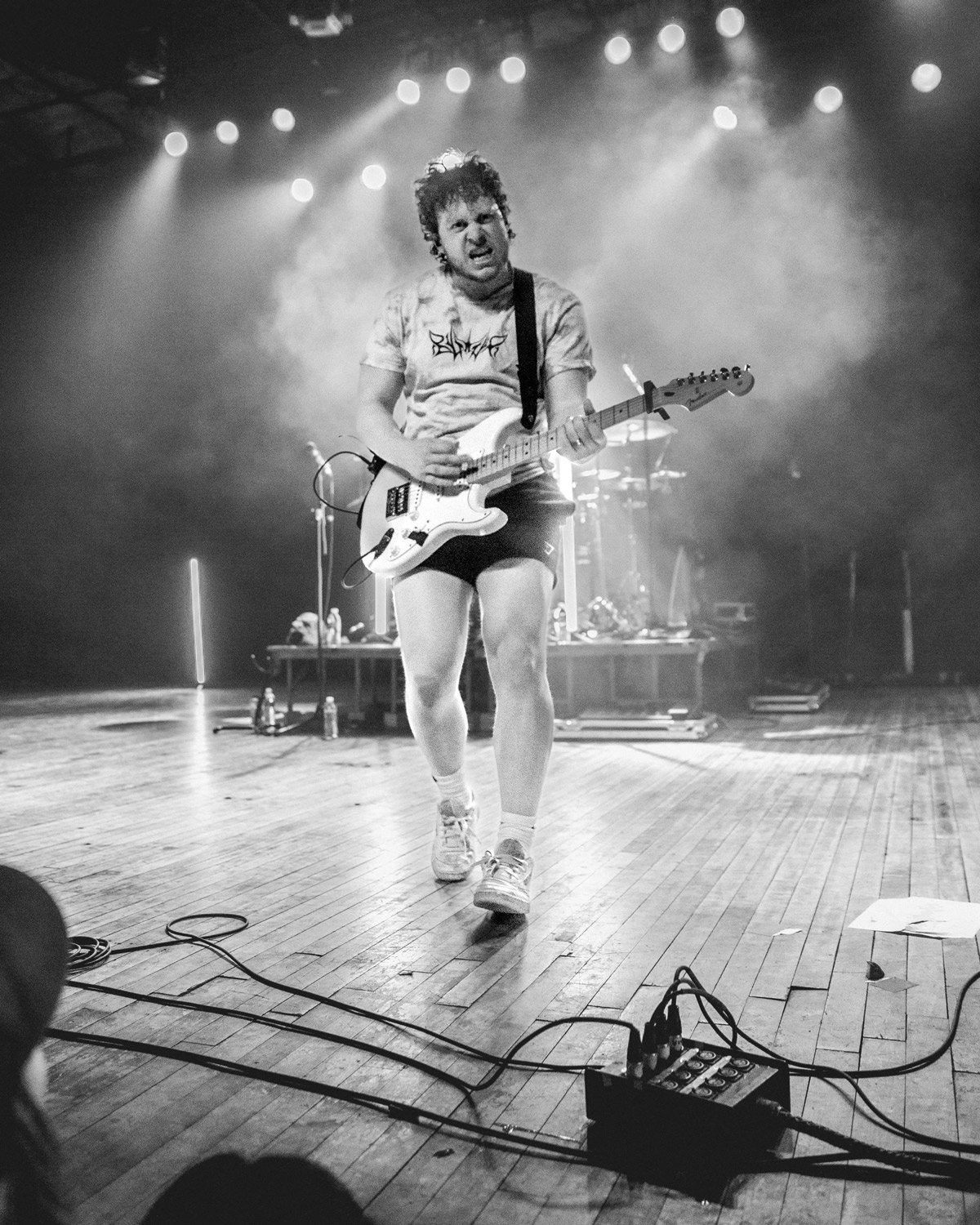
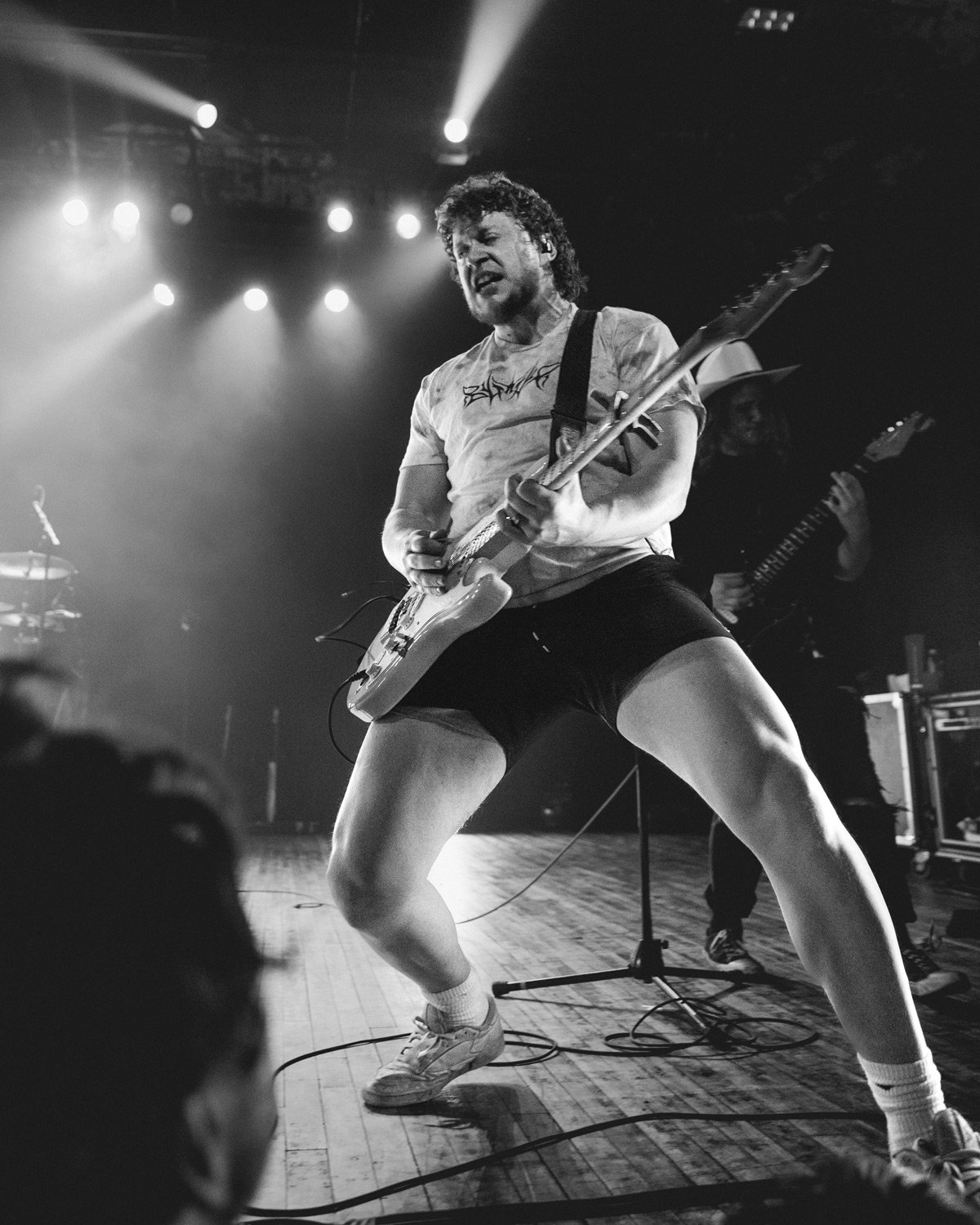
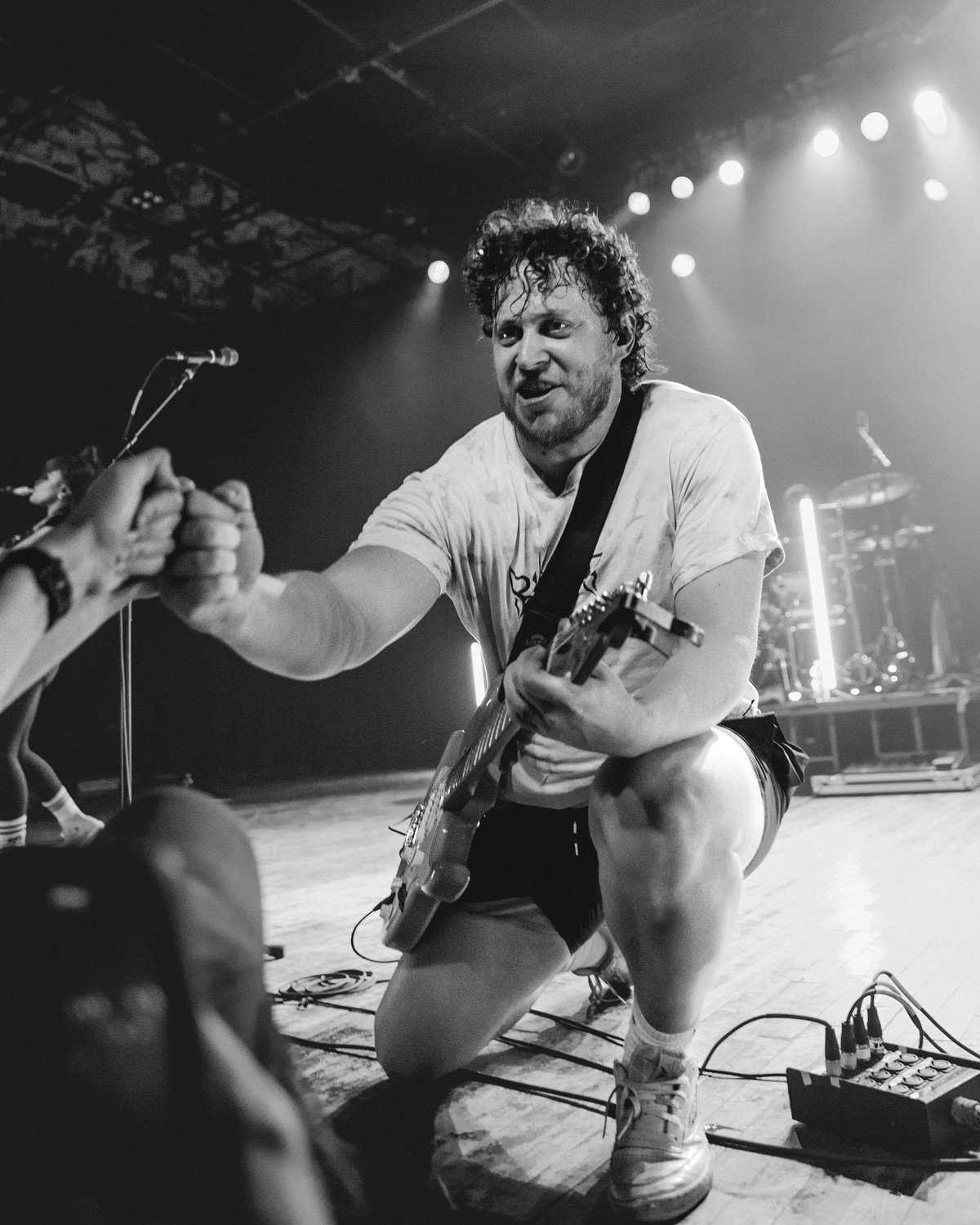
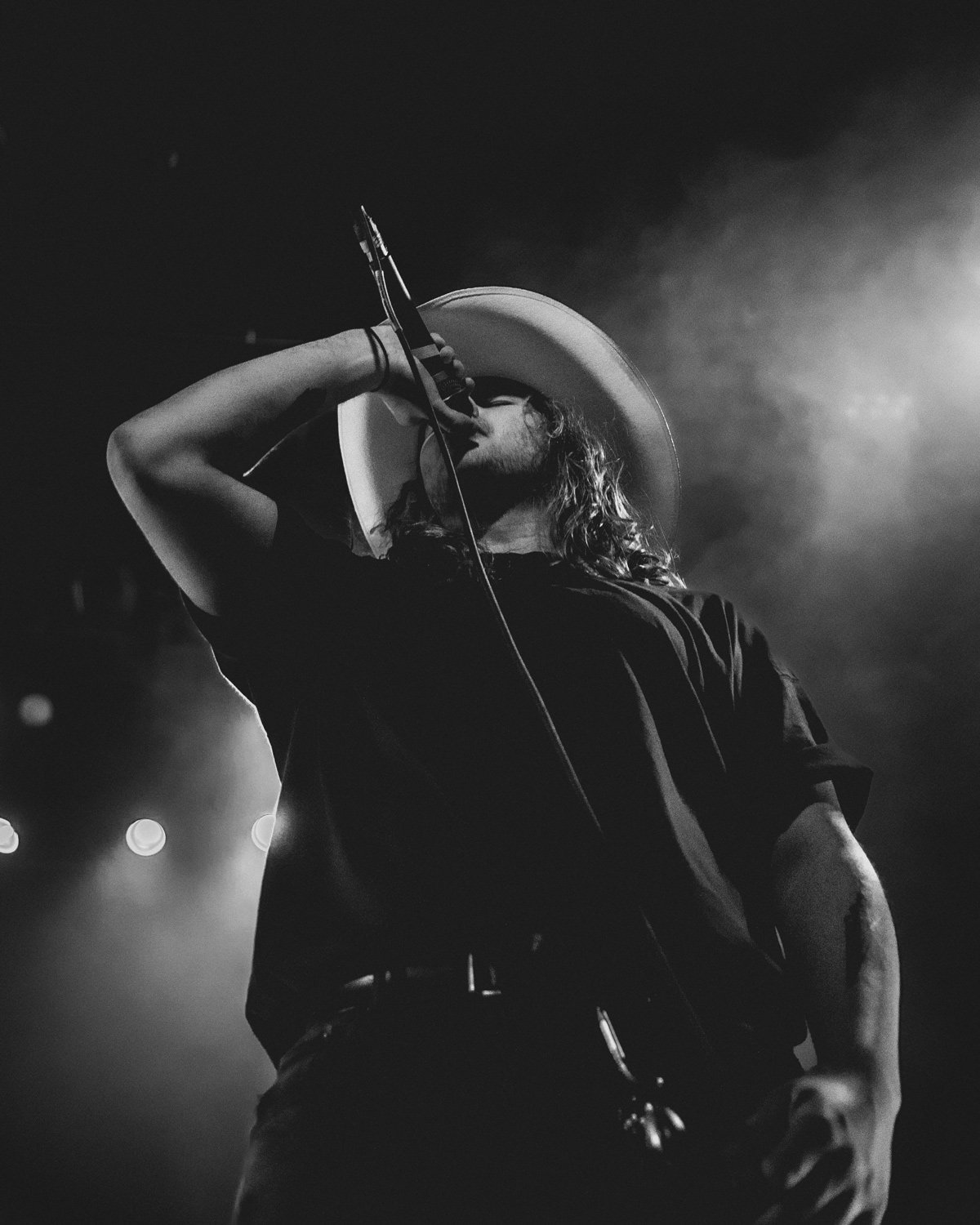






I was able to shoot some of the biggest shows of my career (do I call it that?). Starting from the top they were Bilmuri at the Turner Hall Ballroom, Ben Quad at the High Noon Saloon, and Honey Harper at the Cactus Club. All three of these artists have released albums that I adore and the fact that I was able to not only photograph them but talk to and hang out with the people behind the music was an awesome opportunity.

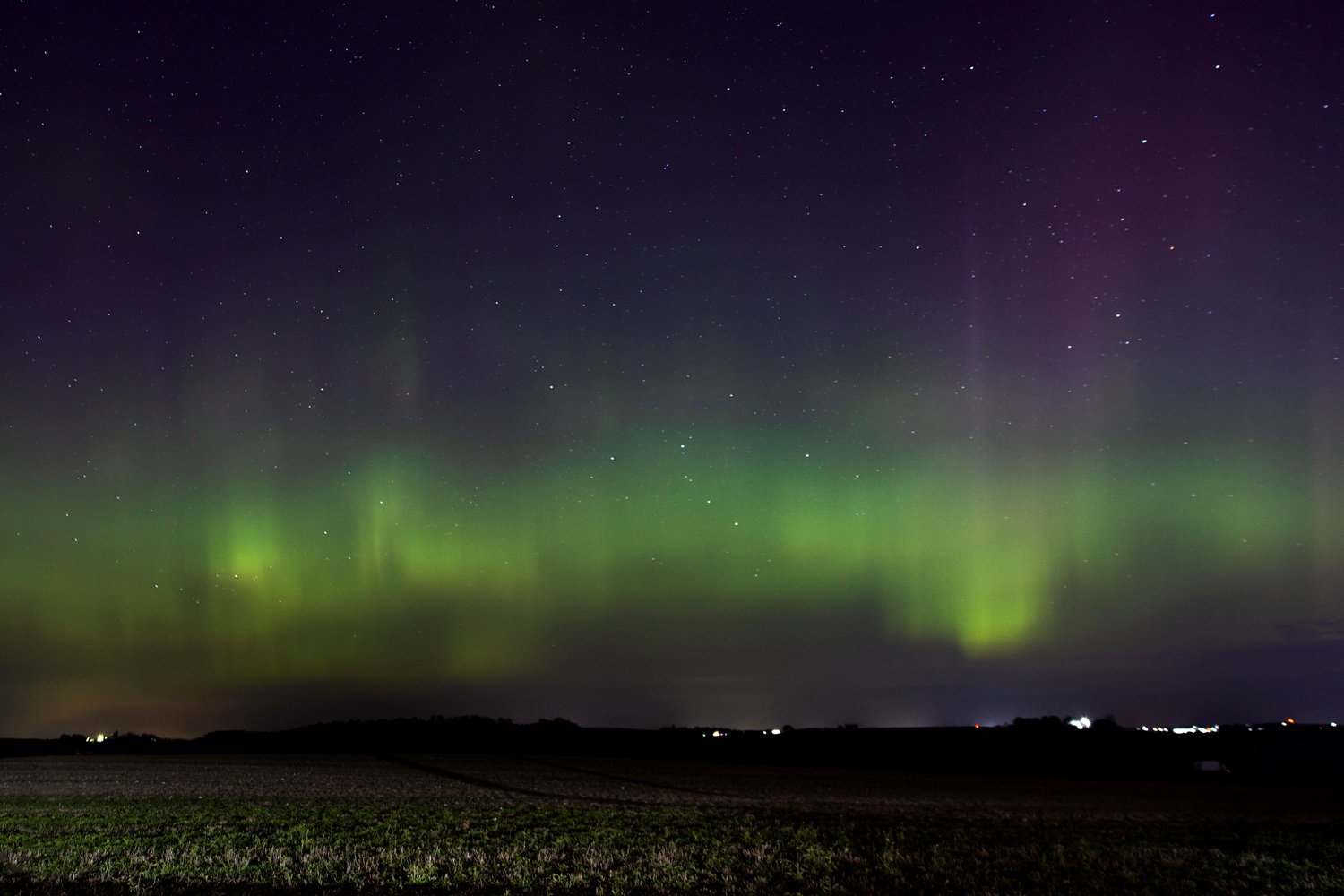

Photographing the aurora borealis has been on my bucket list for some time and this April it became a reality. I witnessed the lights as a kid when my parents woke me up in the middle of the night to go see the colorful sky. This time around there were no spectacular reds or greens to be seen, but watching the pillars of opaque white light dancing around the sky was beautiful in its own way, and in some ways more entrancing. After snapping a few shots at Tenney Park in Madison I decided it was time to find darker skies and drive out to Indian Lake Park, hoping that the lights would still be visible when I got there. Luck was on my side and the spectacle did not disappoint. When I arrived close to midnight there were dozens of other photographers and stargazers admiring the show.
April was a great month for me as I also adopted a cat! I was contacted about a sweet foster cat from Tennessee who wound up here with Underdog Pet Rescue. After meeting her I felt that she was a perfect fit and got the adoption process rolling. Once I got her home she warmed up very quickly and has been a wonderful model and even better companion. (Adopting through Underdog Pet Rescue was a great experience, highly recommend adopting through them / using their vet services / supporting what they do.)


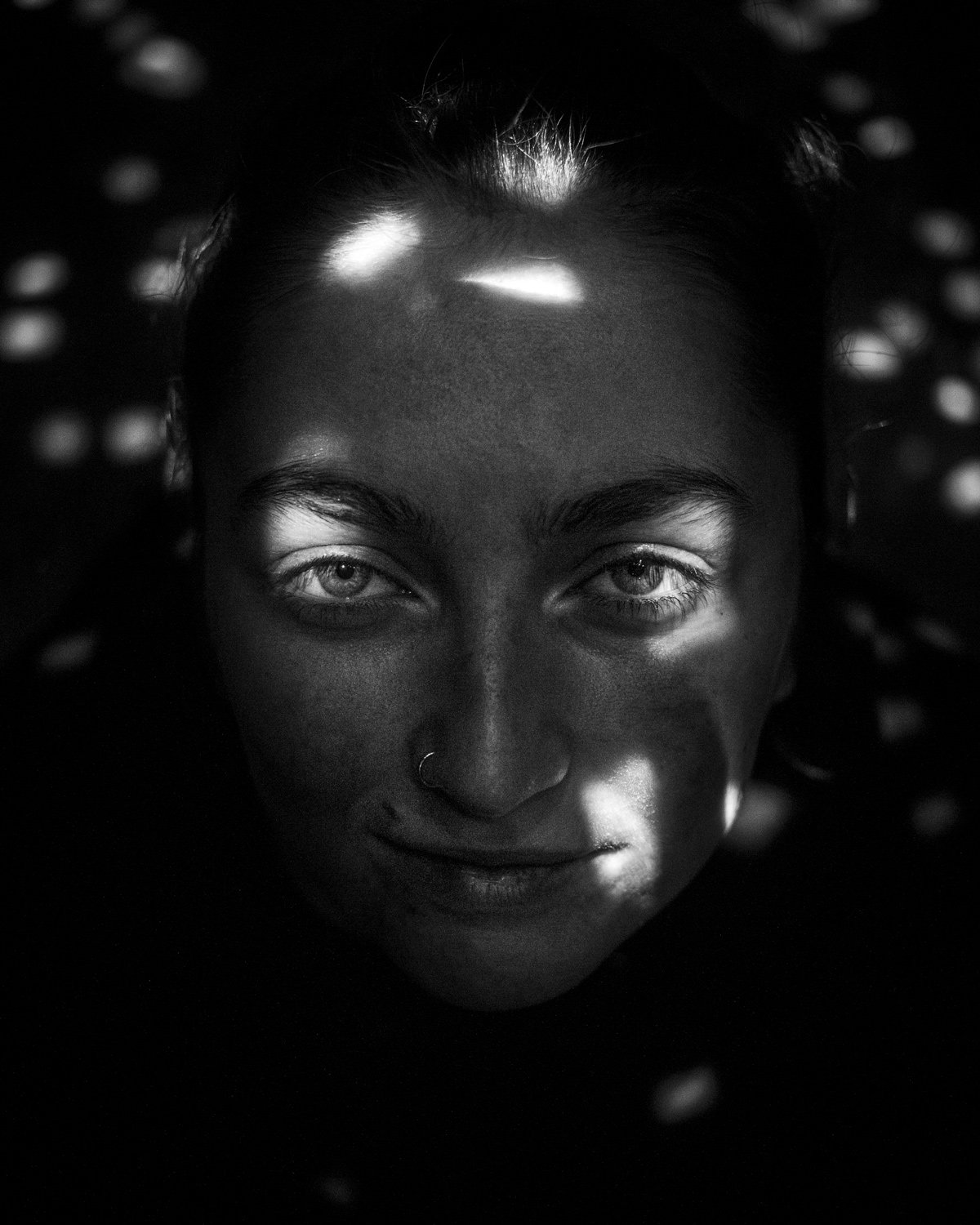




Vanessa let me take her picture more. She’s the best and I love her.




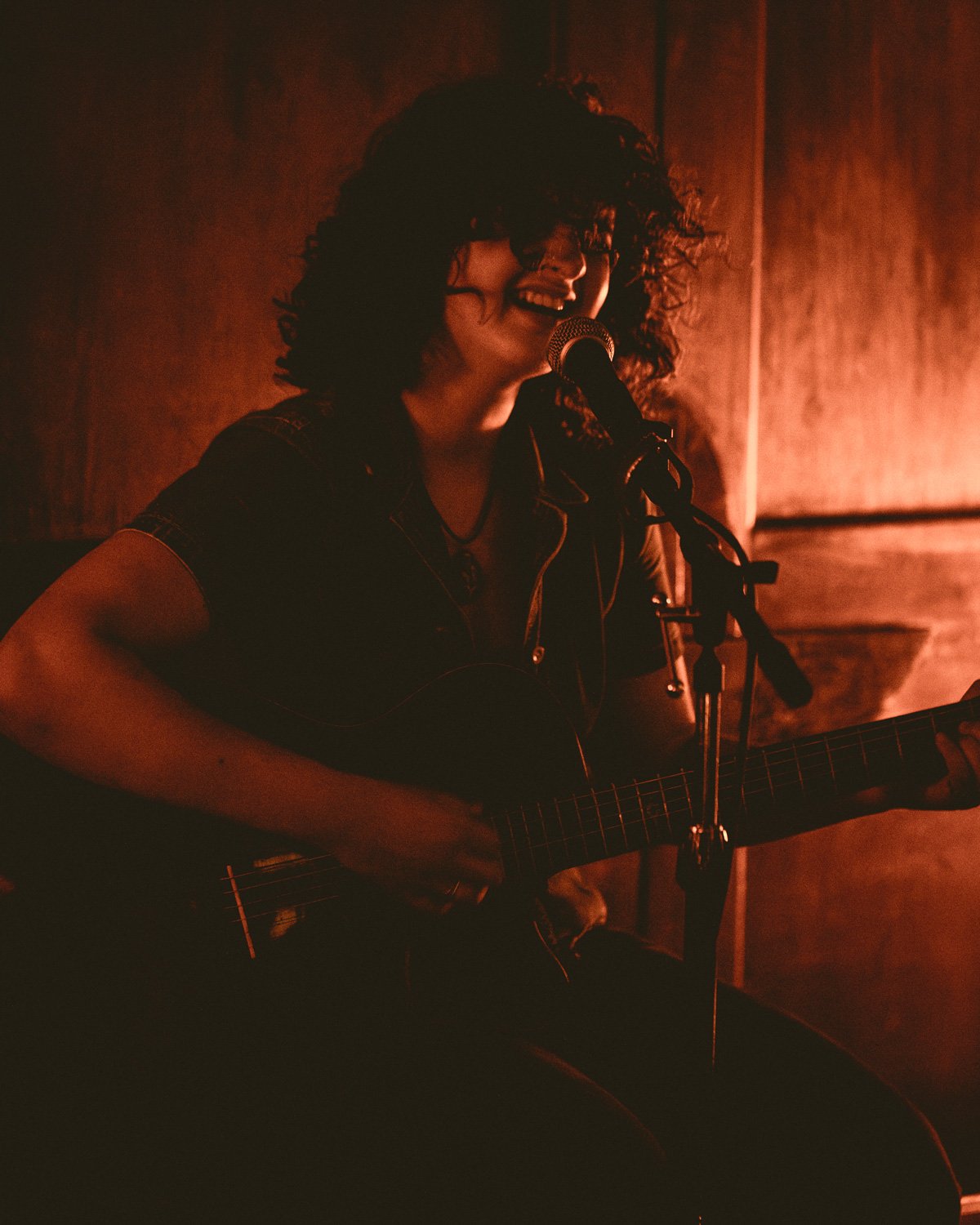




I happened to wander into Mickey’s Tavern on the night of a folk/country show intending to stay for a drink and a crossword. After seeing the pedal steel set up in the corner I decided to stick around. Little did I know, that would turn into seeing many more Spine Stealers gigs, buying-losing-and buying again a Chris Acker record, and obsessively listening to Friend Dog’s new album. I was somehow completely in the dark when it came to Madison’s folk music scene and I’m so glad to have found this portion of it.

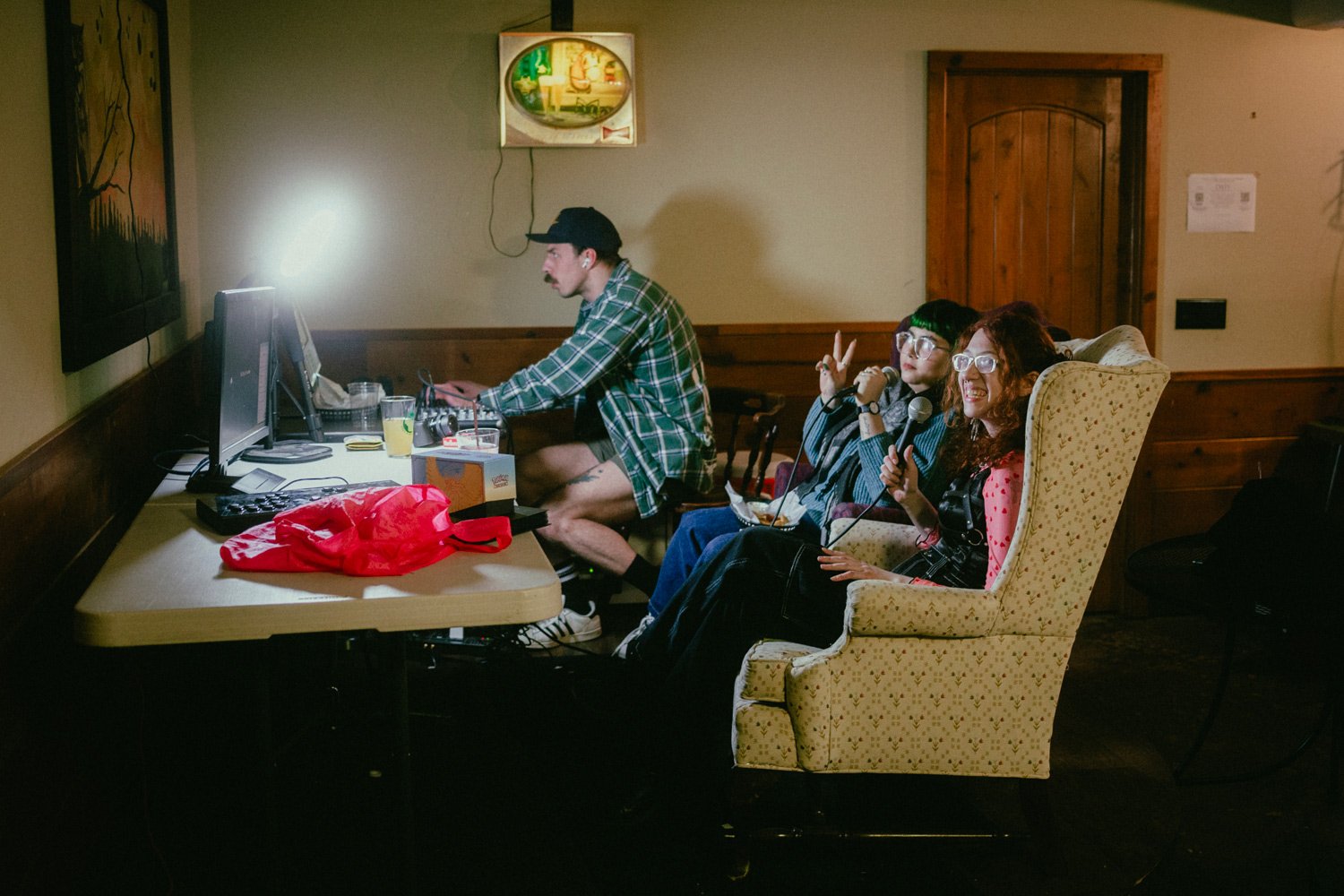

My great friend Bill started running Super Smash Brothers: Melee tournaments in the basement of The Atwood Bar and it’s grown into something special. Every month players come out and compete, myself included, and it’s been great meeting other people with the same love for the game.







Old friends, new music, another year in the books. I think it’d be fair to say that all of my close musician friends have grown so much as artists recently, are continuing to get better and gain very well deserved attention. So proud of everyone and grateful to be along for the ride.

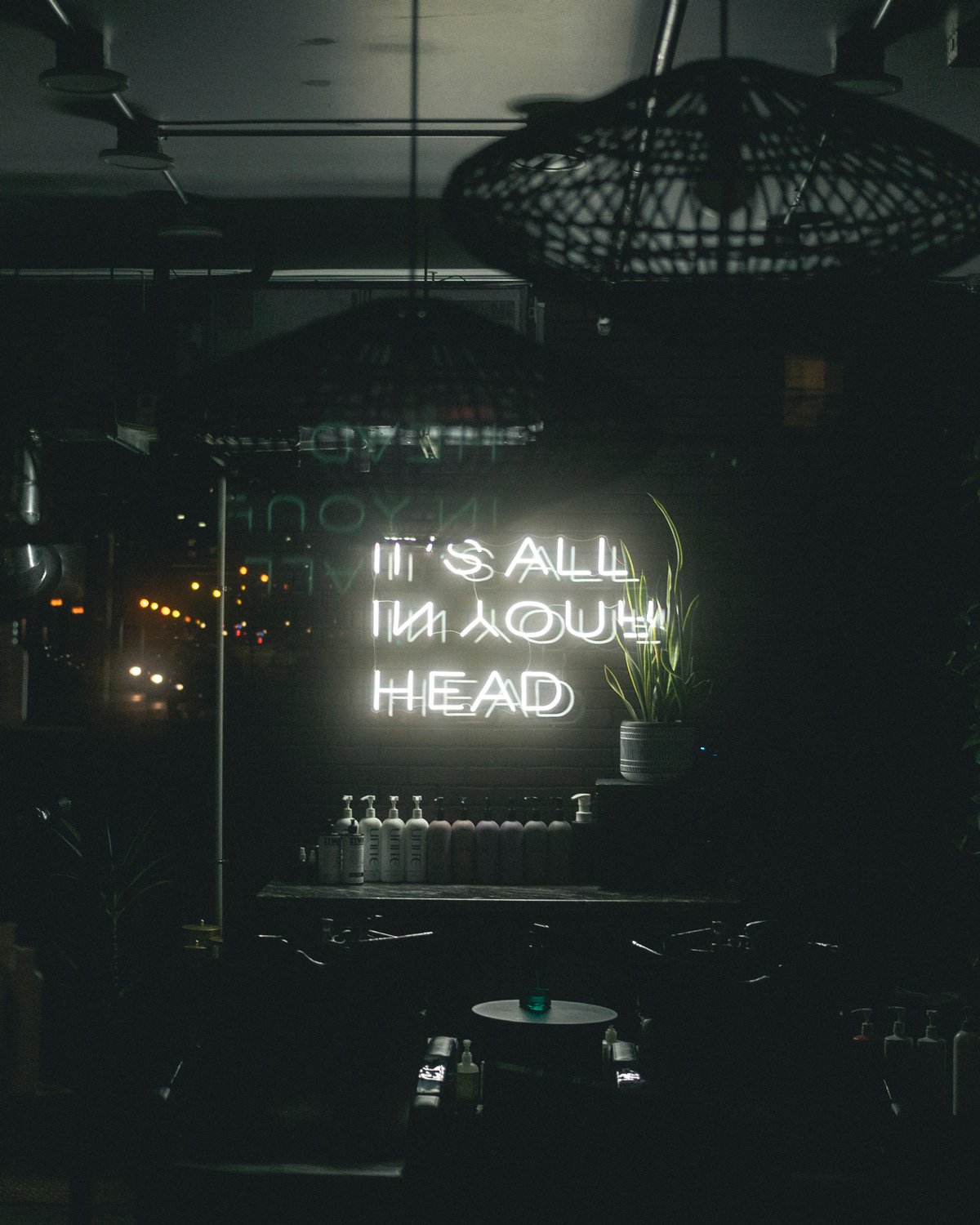


Somewhat on a whim I purchased the Canon 40mm “pancake” lens and the rather trendy 1/4 Tiffen Pro-Mist filter to live on it. Much to my surprise it’s been hard to take off my camera. I’ve somewhat fallen for the 40mm focal length and enjoy the weight/size savings of such a small lens. This set up has made it so much more enjoyable to grab my camera and walk around shooting.



And here we are, the end of the bunch. Some of my favorite photos of the year taken with a $15 plastic Holga lens. It claims to be f/8 but shoots like f/22, has horrendous chromatic aberration, intense vignetting, and terrible sharpness, but I love the look of it. It feels wrong to put what some call “the worst lens ever made” on what can be considered a professional camera body. Perhaps the most important lesson that I’ve learned this year in photography is that gear is so much less important than I previously believed. Sure, a new $5000 set up would open some creative doors or increase the number of “usable” images from a shoot. But a great image can be captured with any camera, and there’s even something to be said for the imperfections in more attainable equipment. Omitted from this recap are photos taken with my Instax SQ6 as I don’t have a film scanner yet. That camera is a wonderful example of imperfections working in favor of the end results.
With that, i’ll add a few quotes from a book that I re-read this year. My dad gifted me On Being a Photographer: David Hurn in conversation with Bill Jay almost 10 years ago on my 19th birthday. Here are some passages that stuck with me.
“The only factually correct aspect of photography is that it shows what something looked like — under a very particular set of circumstances. But that is not the same as the underlying truth of the event or situation. As to objectivity, it does not exist. In my own photography I have two fundamental controls: where I stand and when I press the button. Both are subjective choices so the end result, the picture, is bound to be equally subjective.”
“All photographs, even the most prosaic records of things, are subjective. They are made as a result of various decisions arising out of the mind of an individual. So inevitably that self will intrude on the picture-making process. It would be impossible to keep it out. But it is not the primary aim of the images. A unique style, which is what we are talking about, is the by-product of visual exploration, not its goal. Personal vision comes only from not aiming at it. Over a long period of time and through many, many images, the self re-emerges with even greater strength than if it were the end-product. Ironically, by starting with self, it is missed; ignore it, and it becomes evident.”
“There is a lot of luck in capturing a significant picture, but the good photographers cut down the waste and make the shot far more likely. When I am looking for pictures I instinctively sense situations that might contain good shots. I then latch on the the situation and start shooting. Sometimes that action will build up into a climax in about six to ten shots, and then drop away. At other times, the action will start to build up... but then stop at nothing. So you have to forget that scene and latch on to another pregnant situation. ”
“It gives me both an invisibility cloak and an excuse for intruding into other lives. “I’m a photographer” is an open-sesame to places and people I would otherwise avoid. In reality, of course, you soon discover by experience that if you are genuinely interested in what’s going on, then people become extremely friendly. One of the easiest ways to overcome shyness is to be a photographer.”
“The ultimate aim is an oscillation between self and subject with the images being a physical manifestation of this supercharged interface between the spirit and the world.”
2022 Photography Book Insights
Last year I attempted a reading challenge for the first time. I aimed for twelve books, one per month seemed a reasonable endeavor, and ultimately fell two short. I’ve never cared much for deadlines so it shouldn’t have come as much of a surprise. Maybe this year will be different and I’ll achieve that oh so lofty, arbitrary goal. Anyway, two of the books that I read were on the topic of photography and rather than writing broad book reviews or analysis I feel that simply compiling some of my favorite passages here may be beneficial to myself and hopefully others as well. I debated adding my own commentary underneath these quotes but ultimately I believe that they speak for themselves and my thoughts would only serve to dilute a readers experience.
The first book that I read was On Photography by Susan Sontag. Sontag was known as an essayist, philosopher, Harvard grad, critic, and activist. She was also a longterm partner of famous photographer Annie Leibovitz. In the book were plenty of interesting thoughts about photography as an art form and as a means of interacting with the world around us. For a bit of context, this was published in 1977; photography and media consumption has obviously changed dramatically in the years since. However, I find many of these quotes to feel more prescient than dated.
“Taking photographs has set up a chronic voyeuristic relation to the world which levels the meaning of all events.”
“To take a picture is to have an interest in things as they are, in the status quo remaining unchanged (at least for as long as it takes to get a “good” picture), to be in complicity with whatever makes a subject interesting, worth photographing—including, when that is the interest, another person’s pain or misfortune.”
“It is a nostalgic time right now, and photographs actively promote nostalgia. Photography is an elegiac art, a twilight art. Most subjects photographed are, just by virtue of being photographed, touched with pathos. An ugly or grotesque subject may be moving because it has been dignified by the attention of the photographer. A beautiful subject can be the object of rueful feelings, because it has aged or decayed or no longer exists. All photographs are memento mori. To take a photograph is to participate in another person’s (or thing’s) morality, vulnerability, mutability. Precisely by slicing out this moment and freezing it, all photographs testify to time’s relentless melt.”
“Like the dead relatives and friends preserved in the family album, whose presence in photographs exorcises some of the anxiety and remorse prompted by their disappearance, so the photographs of neighborhoods now torn down, rural places disfigured and made barren, supply our pocket relation to the past.”
“The lover’s photograph hidden in a married woman’s wallet, the poster photograph of a rock star tacked up over an adolescent’s bed, the campaign-button image of a politician’s face pinned on a voter’s coat, the snapshots of a cabdriver’s children clipped to the visor—all such talismanic uses of photographs express a feeling both sentimental and implicitly magical: they are attempts to contact or lay claim to another reality.”
“Photographs cannot create a moral position, but they can reinforce one—and can help build a nascent one.”
“Each still photograph is a privileged moment, turned into a slim object that one can keep and look at again. Photographs like the one that made the front page of most newspapers in the world in 1972 - a naked South Vietnamese child just sprayed by American napalm, running down a highway toward the camera, her arms open, screaming with pain—probably did more to increase the public revulsion against the war than a hundred hours of televised barbarities.”
“The vast photographic catalogue of misery and injustice throughout the world has given everyone a certain familiarity with atrocity, making the horrible seem more ordinary—making it appear familiar, remote (“it’s only a photograph”), inevitable. At the time of the first photographs of the Nazi camps, there was nothing banal about these images. After thirty years, a saturation point may have been reached. In these last decades, “concerned” photography has done at least as much to deaden conscience as to arouse it.”
“A photograph of 1900 that was affecting then because of the subject would, today, be more likely to move us because it is a photograph taken in 1900. The particular qualities and intentions of photographs tend to be swallowed up in the generalized pathos of time past. Aesthetic distance seems built into the very experience of looking at photographs, if not right away, then certainly with the passage of time. Time eventually positions most photographs, even the most amateurish, at the level of art.”
“The camera makes reality atomic, manageable, and opaque. It is a view of the world which denies interconnectedness, continuity, but which confers on each moment the character of a mystery. Any photograph has multiple meanings; indeed, to see something in the form of a photograph is to encounter a potential object of fascination. The ultimate wisdom of the photographic image is to say: “There is the surface. Now think—or rather feel, intuit—what is beyond it, what the reality must be like if it looks this way.” Photographs, which cannot themselves explain anything, are inexhaustible invitations to deduction, speculation, and fantasy.
“The omnipresence of photographs has an incalculable effect on our ethical sensibility. By furnishing this already crowded world with a duplicate one of images, photography makes us feel that the world is more available than it really is.”
“It would not be wrong to speak of people having a compulsion to photograph: to turn experience itself into a way of seeing. Ultimately, having an experience becomes identical with taking a photograph of it, and participating in a public event comes more and more to be equivalent to looking at it in photographed form. That most logical of ninteenth-century aesthetes, Mallarmé, said that everything in the world exists in order to end in a book. Today everything exists to end in a photograph.”
“In addition to romanticism (extreme or not) about the past, photography offers instant romanticism about the present. In America, the photographer is not simply the person who records the past but the one who invents it. As Berenice Abbott writes: “The photographer is the contemporary being par excellence; through his eyes the now becomes the past.””
“Through photographs we follow in the most intimate, troubling way the reality of how people age. To look at an old photograph of oneself, of anyone one has known, or of a much photographed public person is to feel, first of all: how much younger I (she, he) was then. Photography is the inventory of morality.”
“Photographs state the innocence, the vulnerability of lives heading toward their own destruction, and this link between photography and death haunts all photographs of people.”
“Bleak factory buildings and billboard-cluttered avenues look as beautiful through the camera’s eye, as churches and pastoral landscapes. More beautiful, by modern taste. Recall that it was Brenton and other Surrealists who invented the secondhand store as a temple of vanguard taste and upgraded visits to flea markets into a mode of aesthetic pilgrimage. The Surrealist ragpicker’s acuity was directed to finding beautiful what other people found ugly or without interest and relevance—bric-a-brac, naive or pop objects, urban debris.”
“The photographer was thought to be an acute but non-interfering observer—a scribe, not a poet. But as people quickly discovered that nobody takes the same picture of the same thing, the supposition that cameras furnish an impersonal objective image yielded to the fact that photographs are evidence not only of what’s there but of what an individual sees, not just a record but an evaluation of the world.”
“A capitalist society requires a culture based on images. It needs to furnish vast amounts of entertainment in order to stimulate buying and anesthetize the injuries of class, race, and sex. And it needs to gather unlimited amounts of information, the better to exploit natural resources, increase productivity, keep order, make war, give jobs to bureaucrats. The camera’s twin capacities, to subjectivize reality and to objectify it, ideally serve these needs and strengthen them. Cameras define reality in the two ways essential to the workings of an advanced industrial society: as a spectacle (for the masses) and as an object for surveillance (for rulers).”
“Cameras are the antidote and the disease, a means of appropriating reality and a means of making it obsolete.”
The second book that I read was Why People Photograph by Robert Adams. Adams is a former college professor turned nature photographer. This book is a collection of essays, largely focusing on photography’s relation to the American landscape. The quotes that I pulled are primarily his thoughts on photography as an art form and a profession.
“Years ago when I began to enjoy photographs I was struck by the fact that I did not have to read photographers’ statements in order to love the pictures. Sometimes remarks about the profession by people like Stieglitz and Weston were inspiring, but almost nothing they said about specific pictures enriched my experience of those pictures. Photographers seemed so strikingly unable to write at length about what they had made, in fact, that I came to wonder if there was any exception at all, a single case where an artist’s writing did not end up making a picture smaller, less complex, less resonant, less worthy of a comparison with life. Part of the reason that these attempts at explanation fail, I think, is that photographers, like all artists, choose their medium because it allows them the most fully truthful expression of their vision. Other ways are relatively imprecise and incomplete.”
“The main reason that artists don’t willingly describe or explain what they produce is, however, that the minute they do so they’ve admitted failure. Words are proof that the vision they had is not, in the opinion of some at least, fully there in the picture. Characterizing in words what they thought they’d shown is an acknowledgement that the photograph is unclean—that it is not art.”
“If you have to fill the quiet of a picture, the least destructive way seems to be to speak about what was in front of the camera rather than what you made of it. It seems the least a trick, the closest you can get to speaking about the meaning of a picture without actually doing so. C.S. Lewis admitted, when he was asked to set forth his beliefs, that he never felt less sure of them than when he tried to speak of them. Photographers know this frailty. To them words are a pallid, diffuse way of describing and celebrating what matters. Their gift is to see what will be affecting as a print. Mute.”
“Part of the difficulty in trying to be both an artist and a businessperson is this: You make a picture because you have seen something beyond price; then you are to turn and assign to your record of it a cash value. If the selling is not necessarily a contradiction of the truth in the picture, it is so close to being a contradiction—and the truth is always in shades of gray—that you are worn down by the threat.”
“At a time when, more than ever before, we have to live by hope, the question is what photography can contribute. If it can take us by way of the ominous surface of life to discoveries that can save us, this still seems to me the best, because the surface is where we have to live most of the time. Alternatively, if some art can allow us briefly to escape that surface so that we recover a memory or an intuition of what is affirmable, that contributes too.”
“Some art is meant, I think, to help us as we rest, as we get ready to go out again. Laura Gilpin’s pictures are of this kind. One opens books of them in anticipation of renewal.”
“Photographer Diane Arbus said that when she stood in front of her subject she wanted to accept it as it was. “Instead of arranging it,” she said, “I arrange myself.””
“Art never, of course, explains or proves meaning—the picture is only a record of the artist’s witness to it. He or she can, however, be a convincing witness.”
“At our best and most fortunate we make pictures because of what stands in front of the camera, to honor what is greater and more interesting than we are. We never accomplish this perfectly, though in return we are given something perfect—a sense of inclusion. Our subject thus redefines us, and is part of the biography by which we want to be known.”
Hopefully anyone who read this far found some inspiring, thought-provoking, or at least semi-interesting tidbits. If so, I’d highly recommend reading both of these books. Hopefully, in about ten months time, I’ll have read at least two more of the photography related books sitting on my shelves and have a new batch of quotes ready to put into an overly long blog post.
2021: Year In Review
2021. I think it’s fair to say that it was not the year that most of us were hoping for. Instead of the pandemic dying down and everything returning to normal we have had more waves of covid and seen an even further degradation of civil discourse. We have been able to return to doing many of the things that we lost last year, although much of it has been on limited terms. At times it has felt like one step forward and two steps back. Thankfully, photography has been an outlet and escape for myself and many others from the craziness that we’ve been living through. I ended up branching out my photographic interests due to the lack of social opportunities. I feel that I’ve been able to further my skills in ways that I may not have in more typical circumstances. The act of going out and creating has been much more solitary, but in turn I’ve found wonderful communities online to share these experiences with. Here I am going to go through some of my favorite images from this year and dive into a bit of that photographic journey.


This shot was taken at a rather popular location for photographers, Weary Road in Evansville. The road has plenty of urban legend surrounding it. Some claim that it is haunted by an “old man Weary” who once lived on the road, others claim that it is haunted by teenagers who died in a car crash. It’s all interesting to read about, but my main focus is the beautiful canopy of trees just past the bridge. One January morning we experienced the beauty of hoarfrost (or is it rime ice? Still unsure about that one.) and this was the first place that I thought about visiting. It’s about forty-five minutes from Madison but I knew that if the ice was thick out there it would be worth the drive. I was very pleased to see that it was just as stunning as I had hoped. A good start to the year indeed.
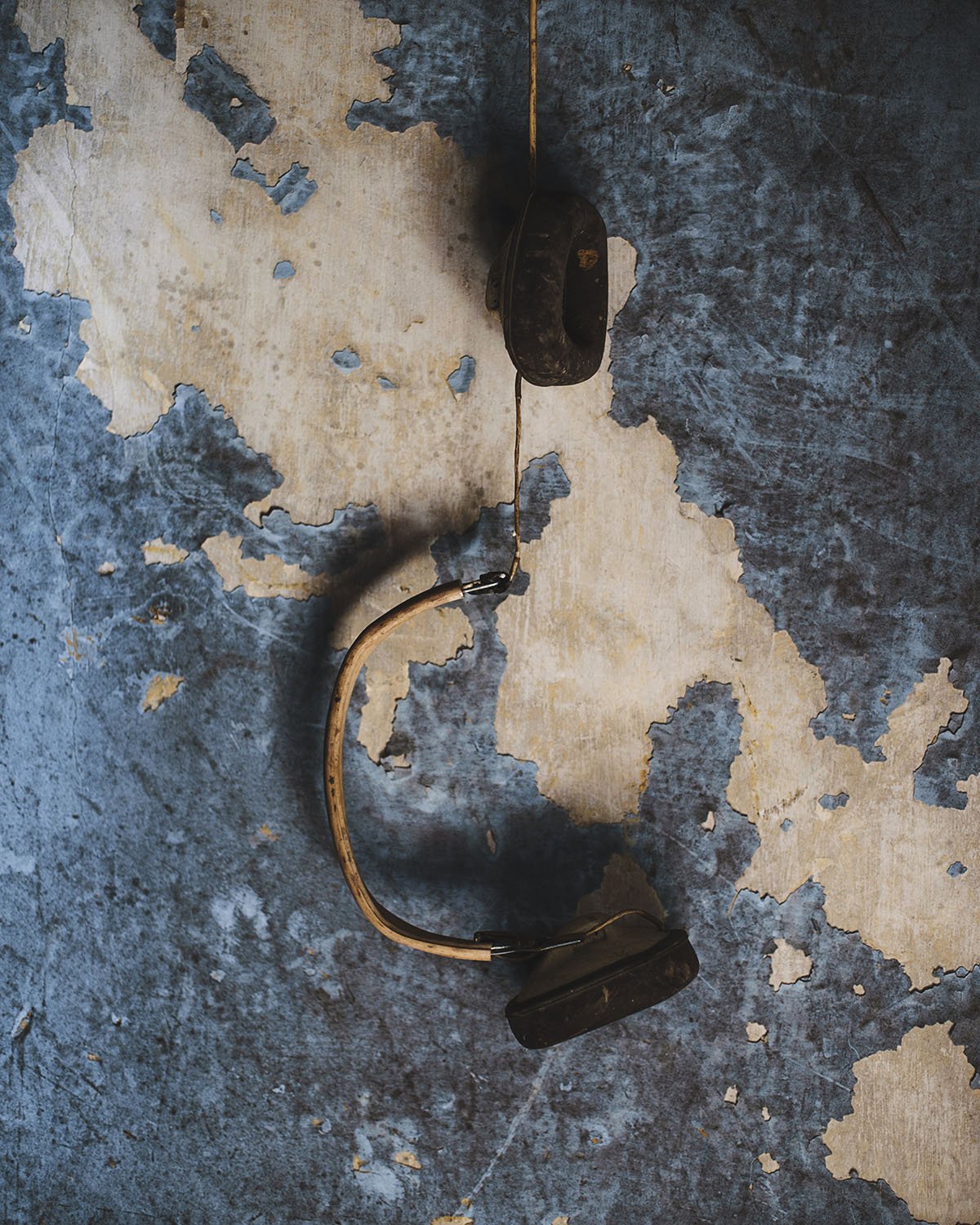
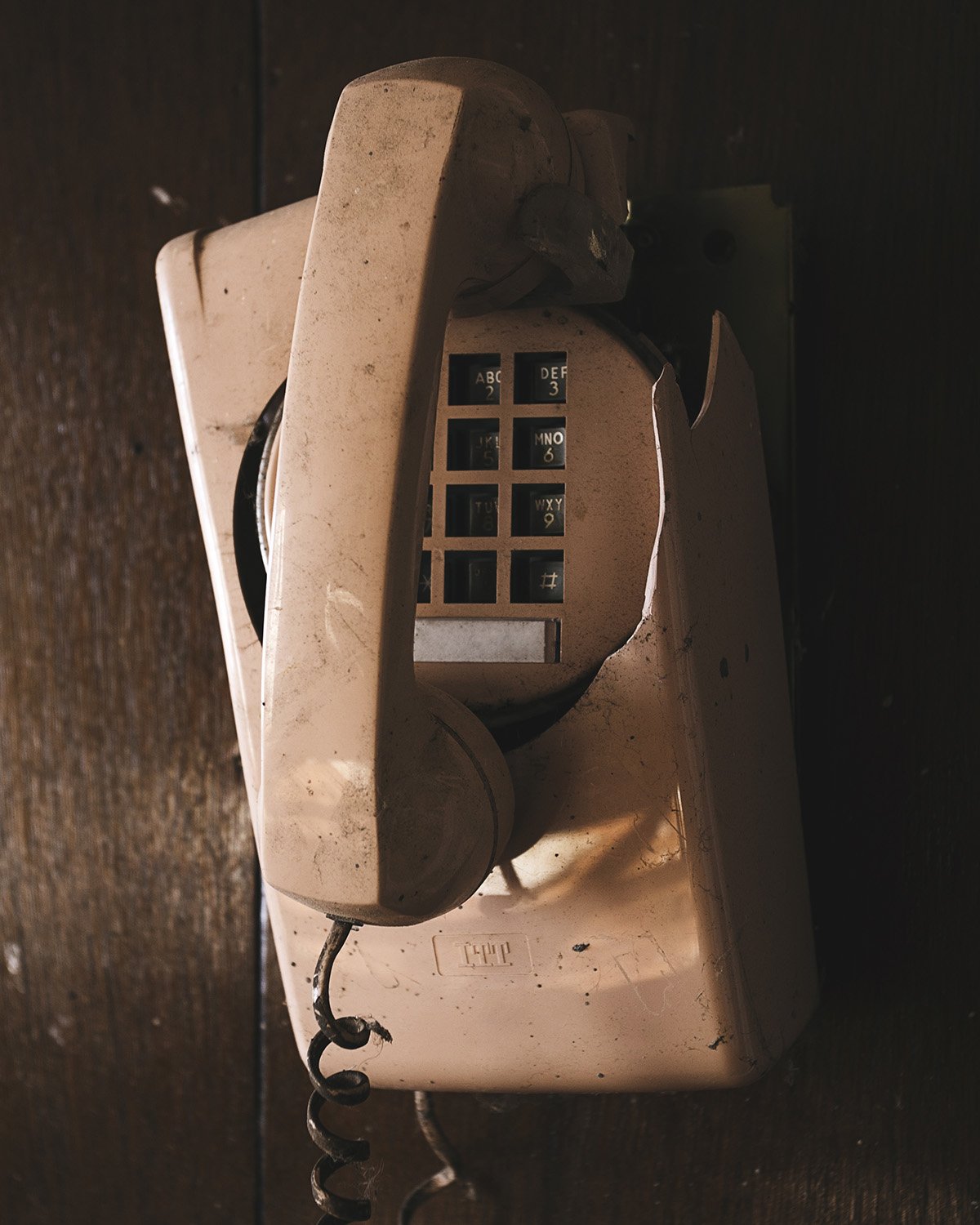
Shooting abandoned houses has become a somewhat obsessive hobby of mine over the course of the pandemic. I’ve always enjoyed driving through the countryside, and I had the idea to put together a photobook showcasing the beauty of Wisconsin’s rural landscape. The scope of the project quickly evolved with the addition of “rurex" (rural exploration) photography. The book is still in the works and will feature photos from my Outskirts collection. Hoping to get that put together this coming year. The rurex portion of this all started while driving around with my friend Sam when we stumbled upon an abandoned house and decided to take a closer look. Walking up to a home that had clearly been left to decay for many years was a strange feeling, one that I knew I wanted to chase and explore again. It was a thrill that was quite the opposite of the relaxation that I usually find driving aimlessly. Being in those spaces can feel serene, however there can be dangers present (rotting floors, mold, wild animals, squatters, nosy neighbors, law enforcement, etc.) so that sense of serenity is often short lived as worry creeps in. It’s all part of the thrill. The first image is one of the most stunning houses that I’ve found thus far. I would have loved to explore the interior but while walking up I spotted a tent pitched through the window and quickly nixed that idea. The next set of images are from a favorite house of mine that still had furnishings inside. The place seemed to be in relatively good shape, aside from the kitchen floor having completely collapsed. These were a couple of my favorite details.
Here’s a candid shot of Vanessa from our brief hike at the Decatur Dam. It was a dreary day and the leaves were wet from rain that passed through earlier (ideal weather for working on my Foliage project). We hiked around and she pointed out things that intrigued her, which I tried my best to capture. As much as photography is about expressing your own vision, it was quite nice to have another set of eyes and to try to showcase the details that she saw. However, catching her happily taking in a view ended up being my favorite photograph of the day. Our time spent together has made up the brightest moments of my year.
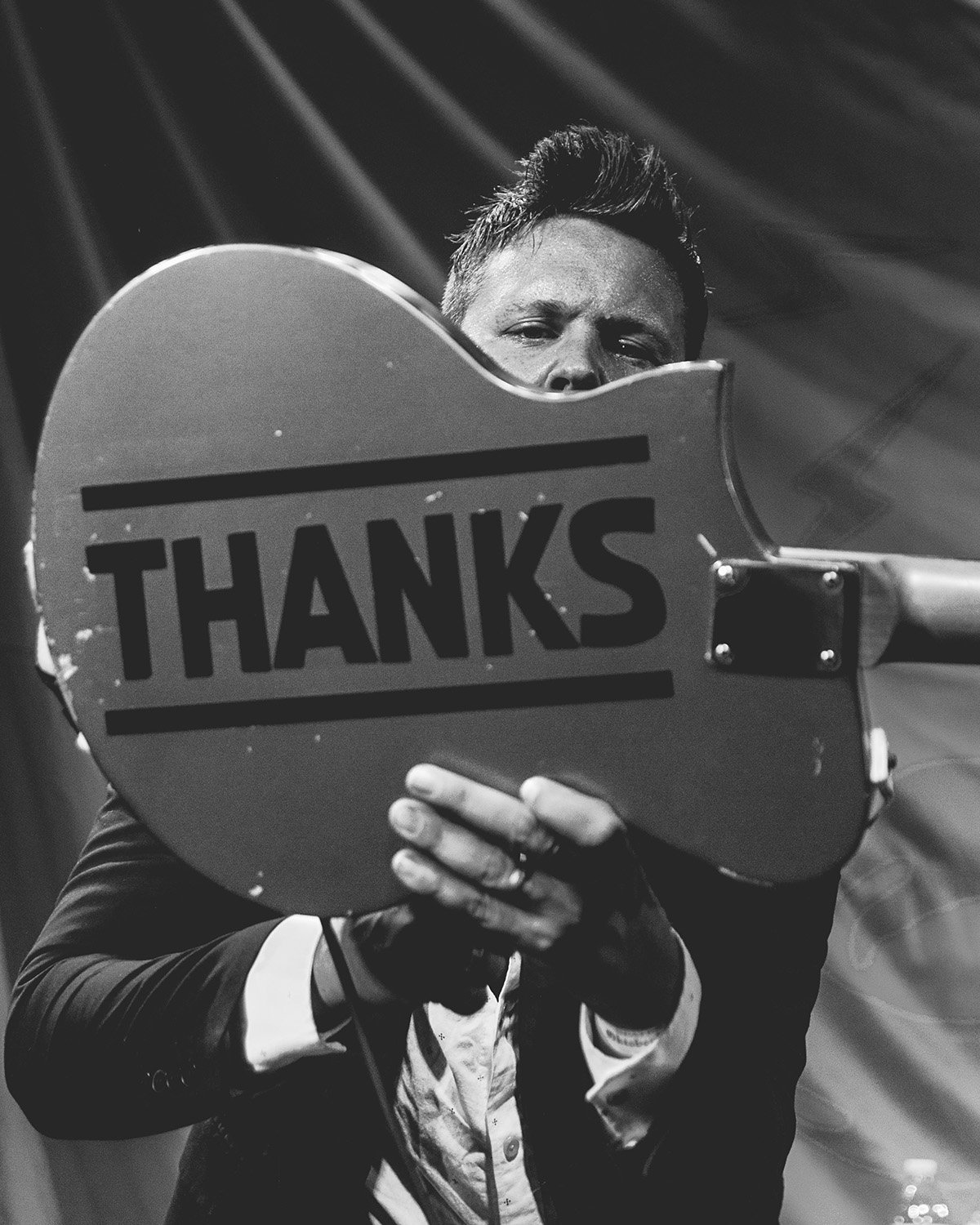
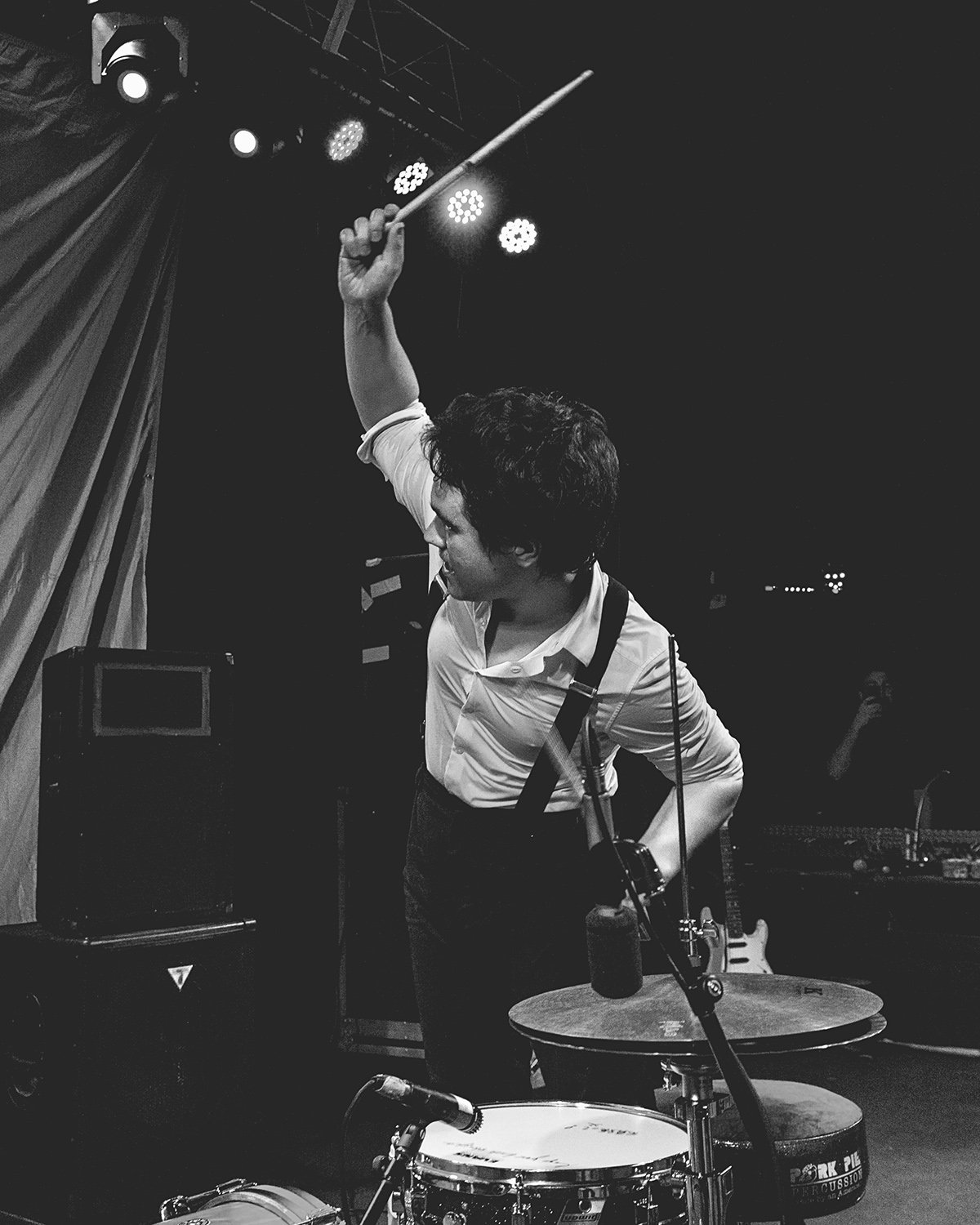
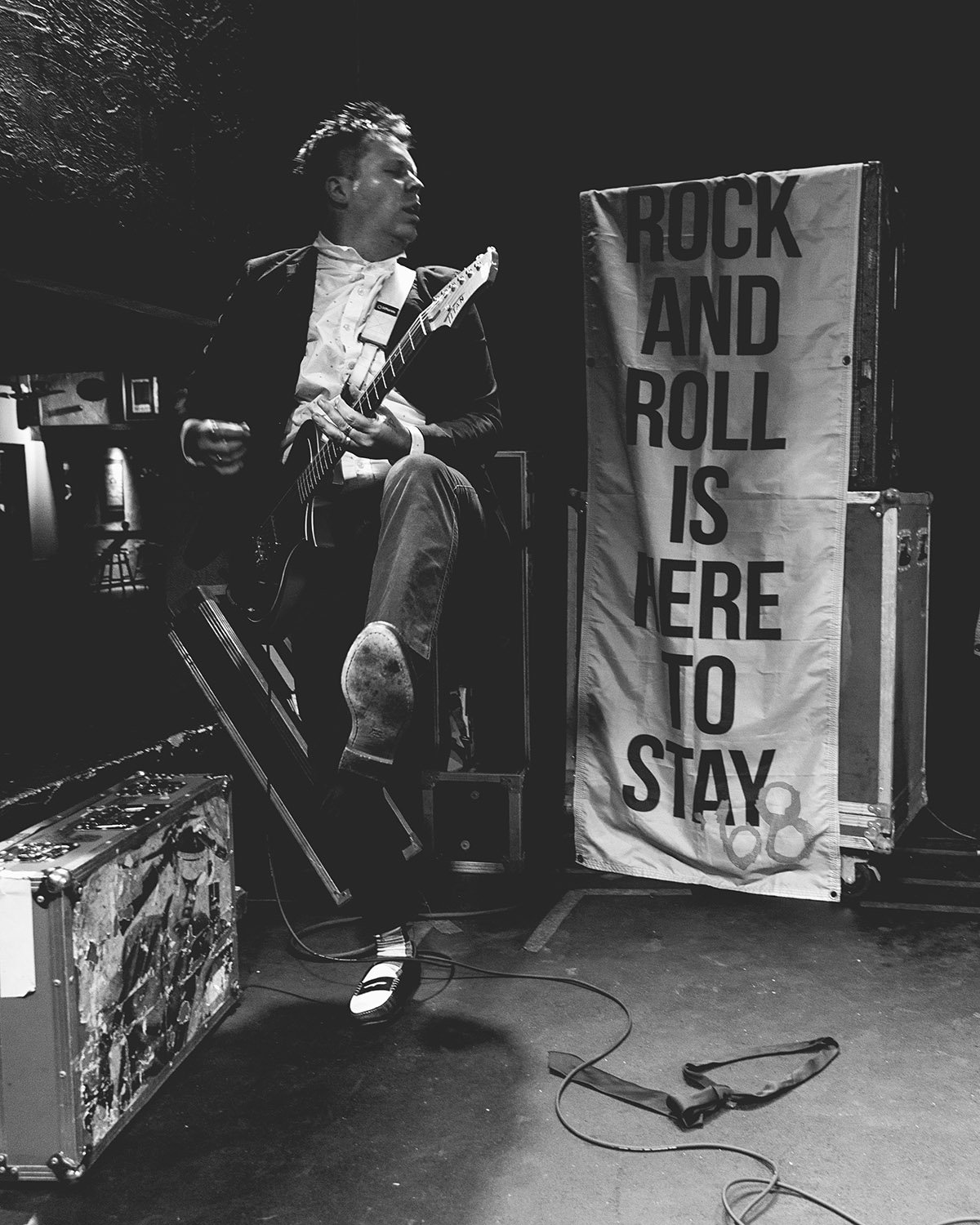
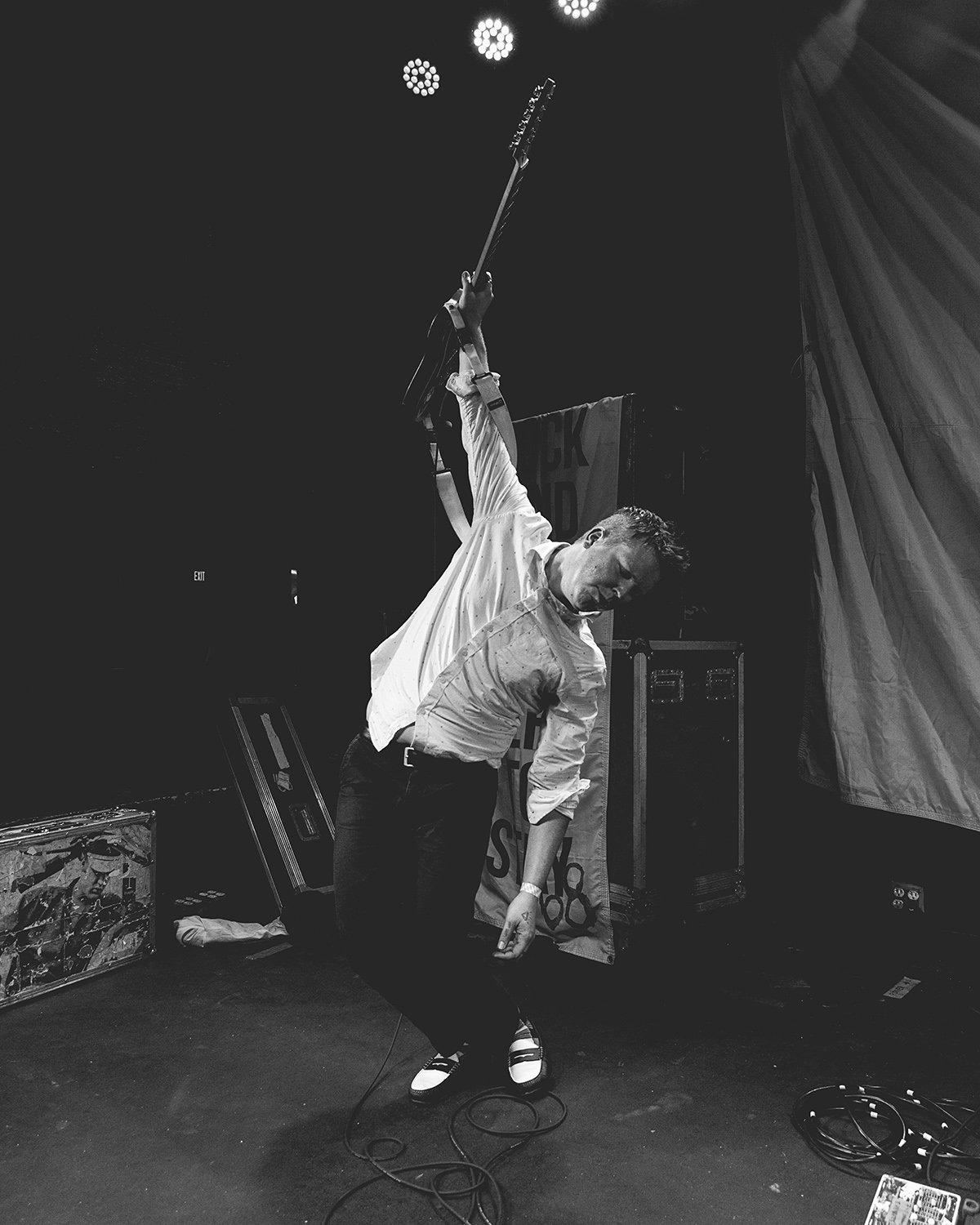
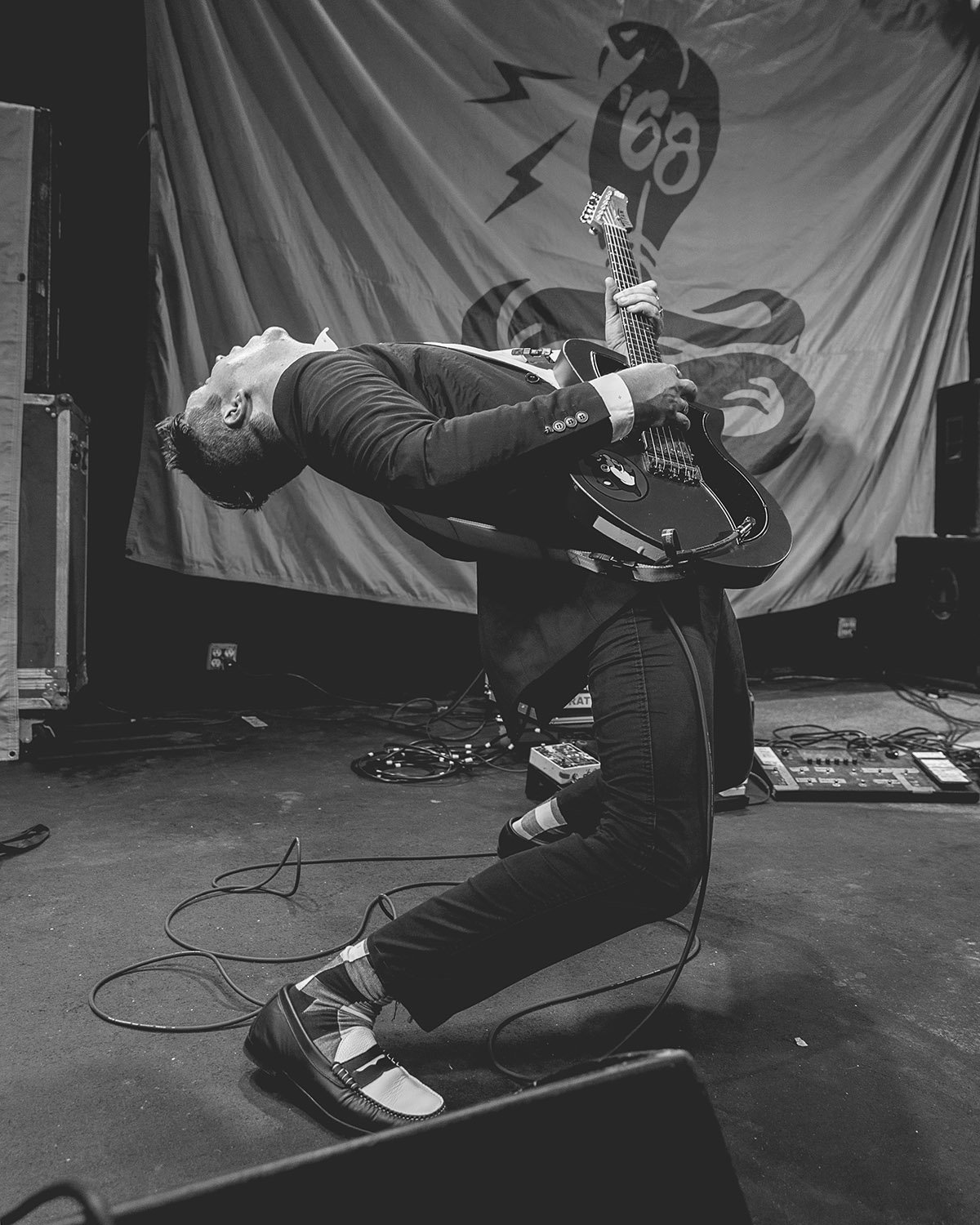

‘68. Josh Scogin. Nikko Yamada. Great band and kind people. This was my fourth time seeing them play, and one of their first shows back since the pandemic began. They hadn’t skipped a beat. It was a phenomenal show. They sounded great and as always were a blast to photograph. Live music made its return this year and I could not be happier. If there’s one thing that ‘68 does best, it’s assuring everyone that rock and roll is indeed here to stay.
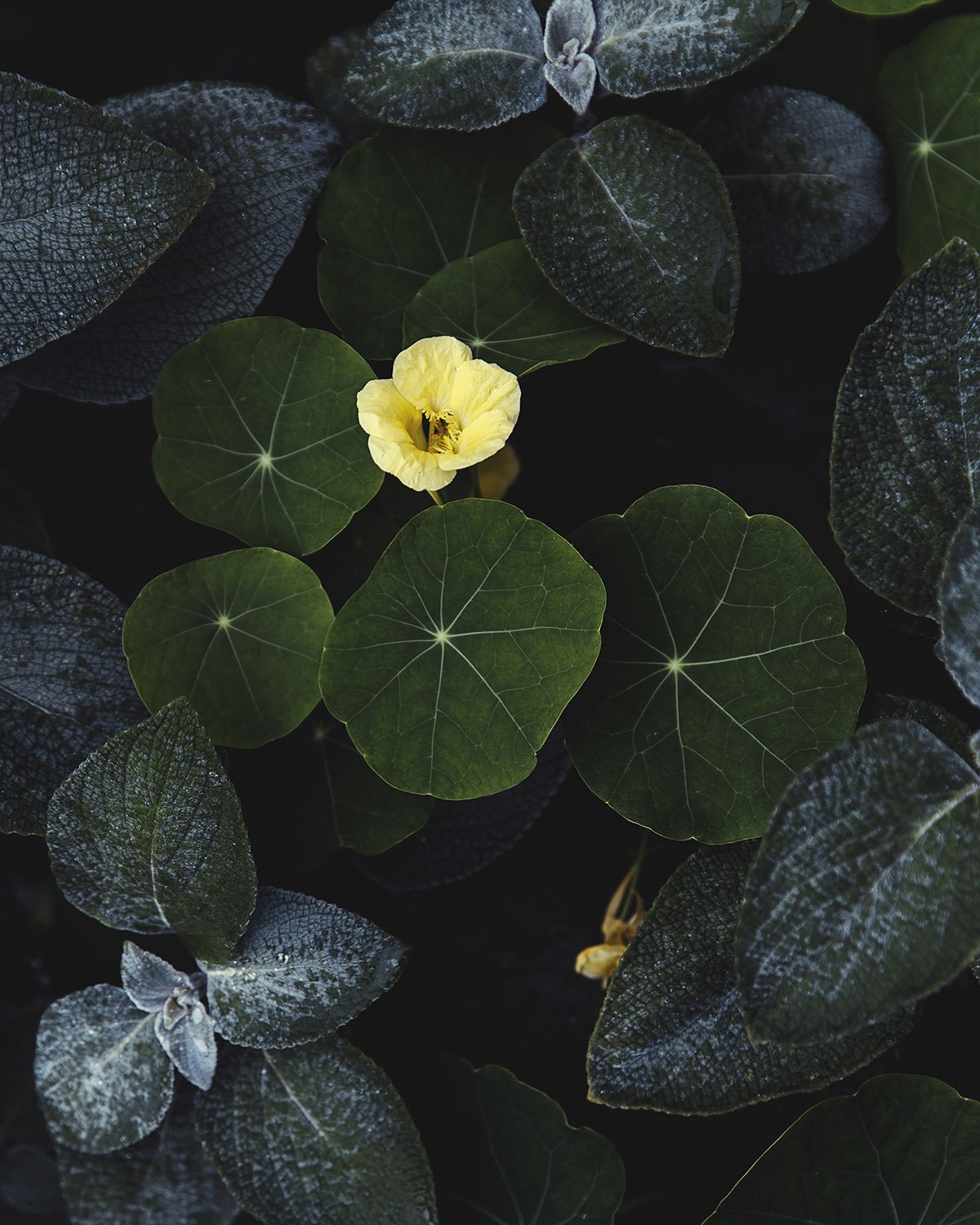



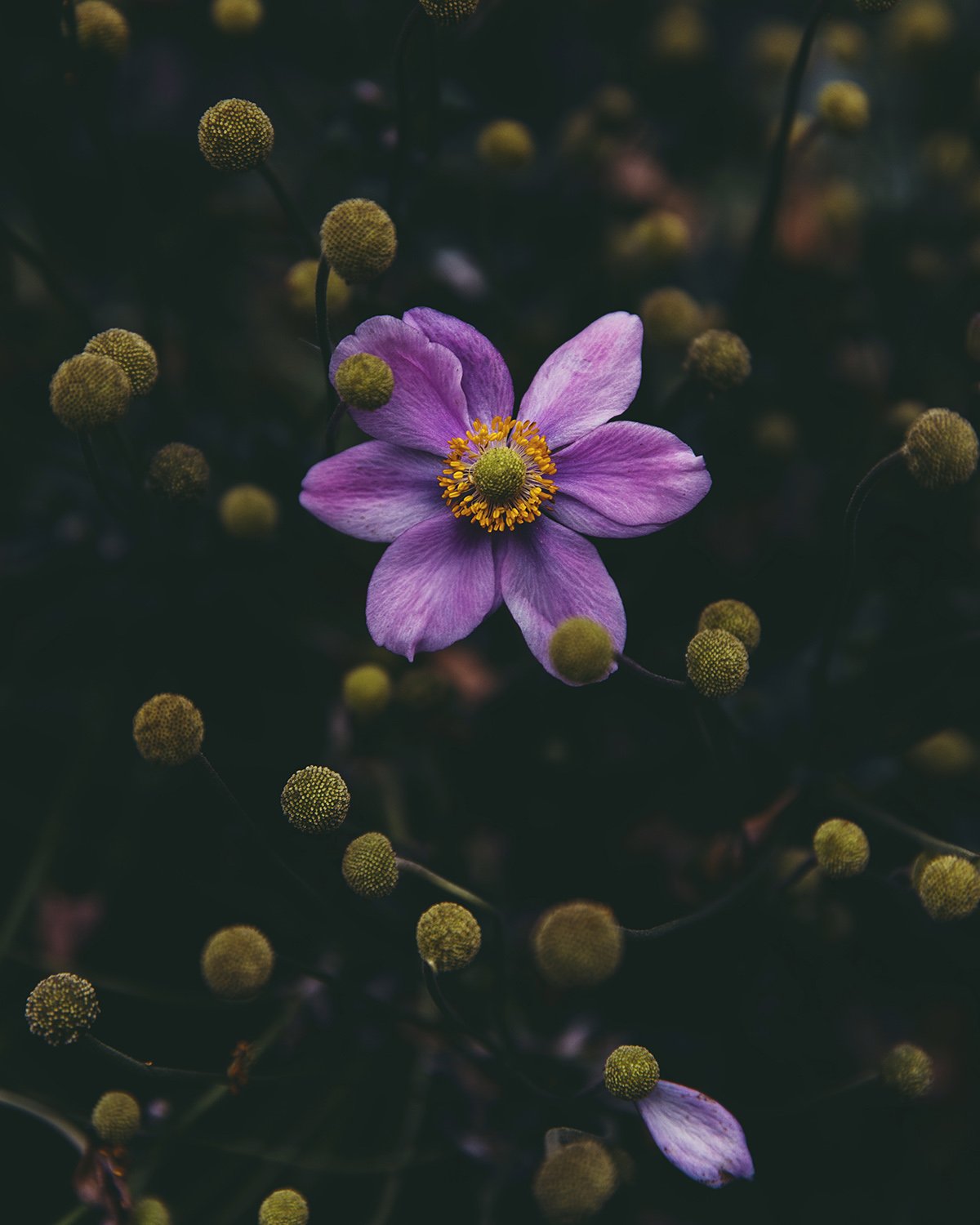

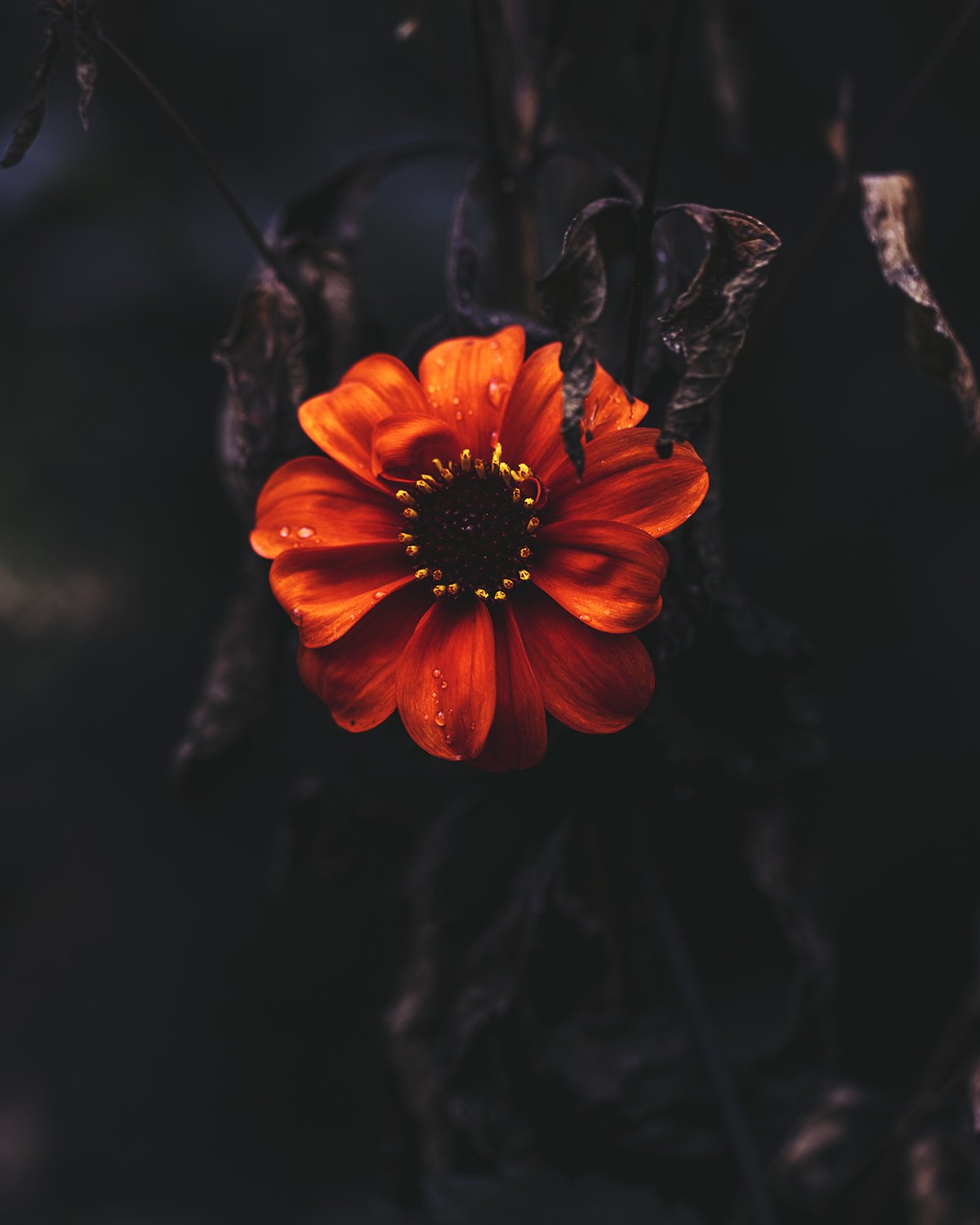

Foliage has been a series that i’ve enjoyed shooting for awhile now and I was able to get some more shots that i’m proud to add to it, but what is more exciting to me is that I started a new sister project. Being in the headspace of photographing decaying homes inspired me to bring a similar approach to photographing flowers. I personally find standard flower photography to be a bit boring, to me they’re much more interesting when captured past what many people consider their peak stage of beauty. A little imperfection goes a long way. Languish was a rather short lived project as the window for getting these shots closes quickly. For a few weeks I was making many trips to Olbrich Gardens to see how the flowers were progressing and searching for the right ones to photograph. The weather conditions that I enjoy shooting my Outskirts work in happens to be the same for this project, so I had to choose which to spend my time on. As the flowers would soon be gone and the houses would likely stand to see another day, working on this project took precedence. I have a feeling that this coming year i’ll be anticipating poor weather and wilting flowers once again.

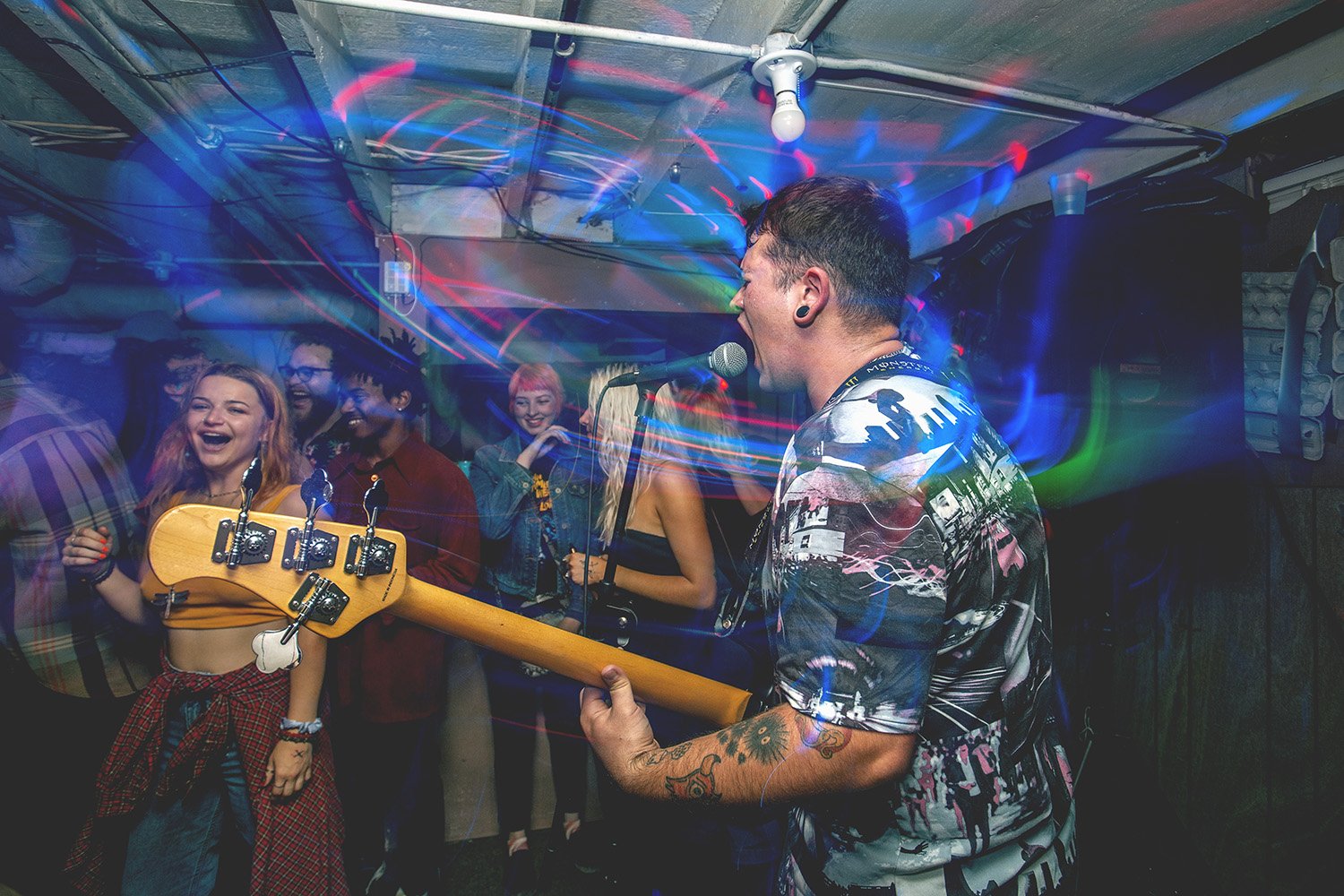
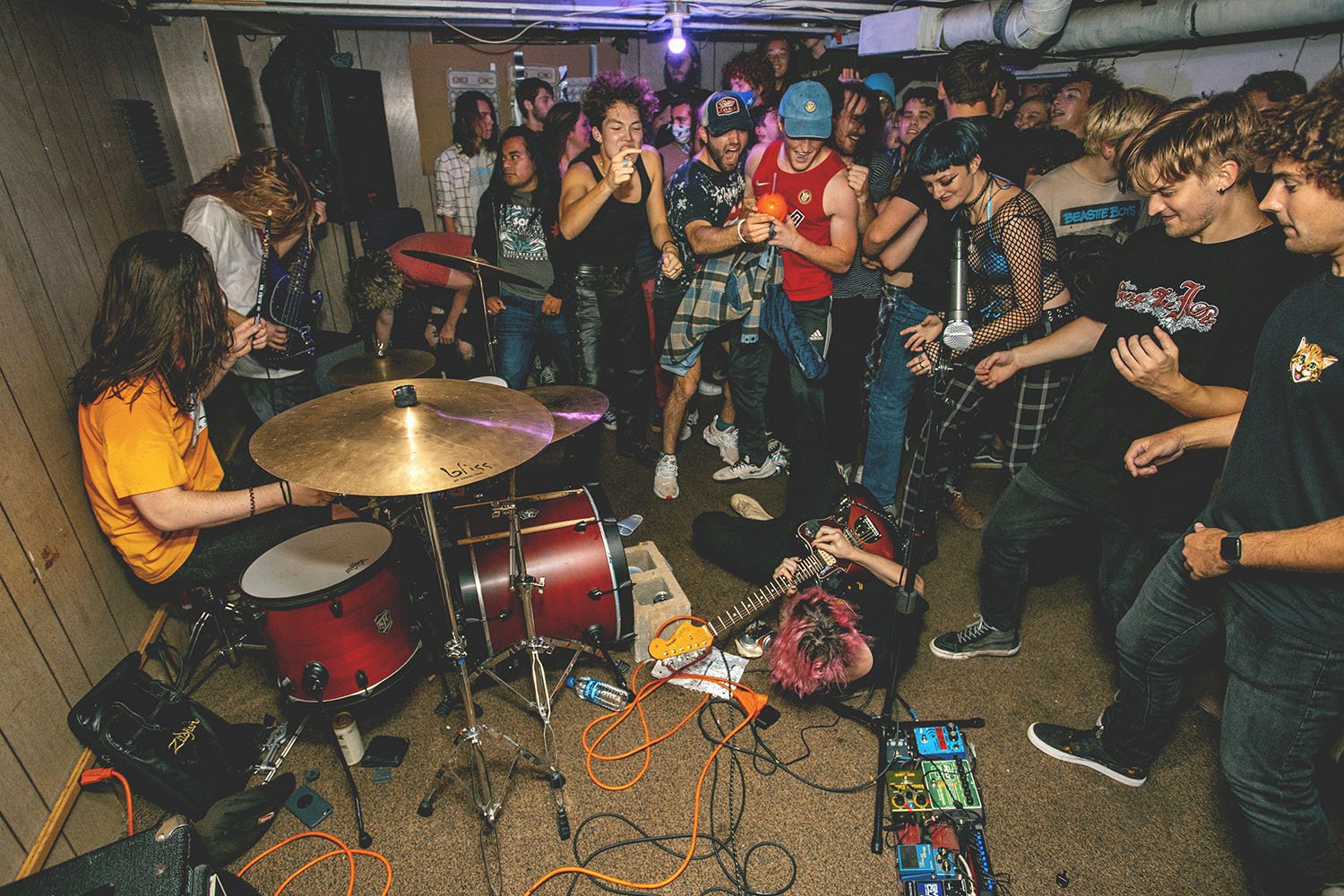

Friends and bands. New and old. This show was an absolute blast. I got to see my friends play with bands that have been together for years as well as new bands formed during the pandemic. For some it was a return to doing what they love and for others it was their first time playing together for a crowd. This was one of the smallest basements that I’ve ever walked into, the prospect of getting any good photos immediately felt daunting. I’ve found though that pressure and constraints can at times produce great work. Not to say that this set of shots is great, but I’m very happy with how they turned out. I’ve always had a bit of a love-hate relationship with basement gigs due to unreliable lighting, shoddy sound, and unbearable temperatures to name a few complaints. Nonesuch unpleasantries were present though and it was a great return to the DIY music scene. Shoutouts to the bands Excuse Me, Who Are You?, No Love Dog, Antighost, Lady Blue, and all the wonderful people involved in them. They’re all worth a listen.
Lost in the Treinen corn maze. Voted one of the top ten corn mazes in the U.S. by USA Today. Each year a different design is cut into the field and this year was Schrödinger’s Cat. They have a map that you need to complete by finding missing sections throughout the maze along with some optional goals to complete for prizes. Vanessa and I made the mistake of coming at sunset and it quickly became cold, dark, and difficult to navigate. We did not end up finishing the maze but I would love to give it another shot this year, preferably with a bit more sunlight. The darkness did give me the opportunity to get creative with my camera and a small flashlight. I was going for a bit of a ghost in the maze concept, and thanks to Vanessa’s cooperation and patience we were able to make it work.
Those were some of my favorite photographs from the year with a bit of context behind them. I feel very fortunate to have a creative passion to work on and this past year has only solidified that feeling. The friends that I’ve made and experiences that I’ve gotten to share through photography are invaluable. Here’s to hoping that 2022 allows all of that to grow.
One Foggy Christmas Eve
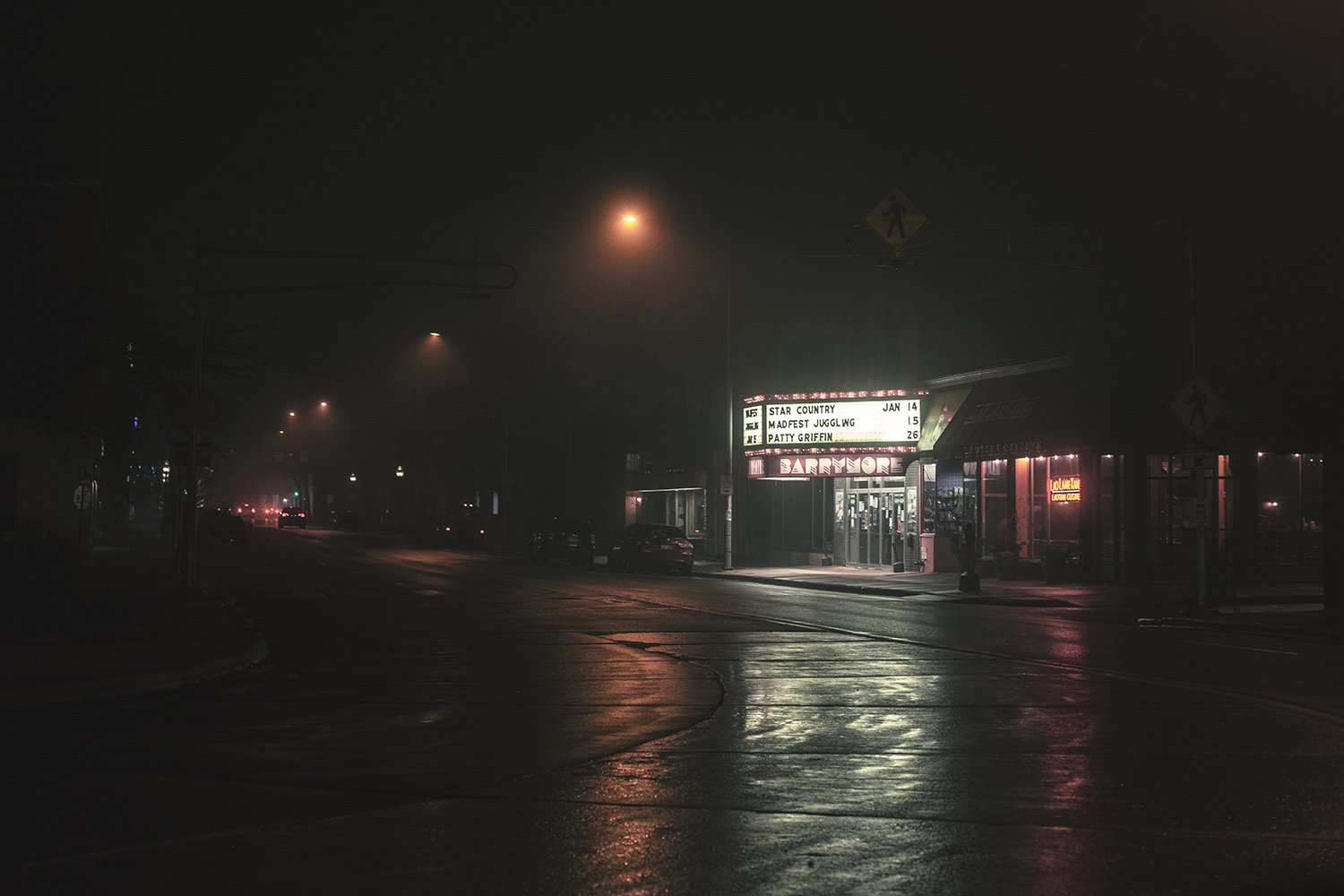
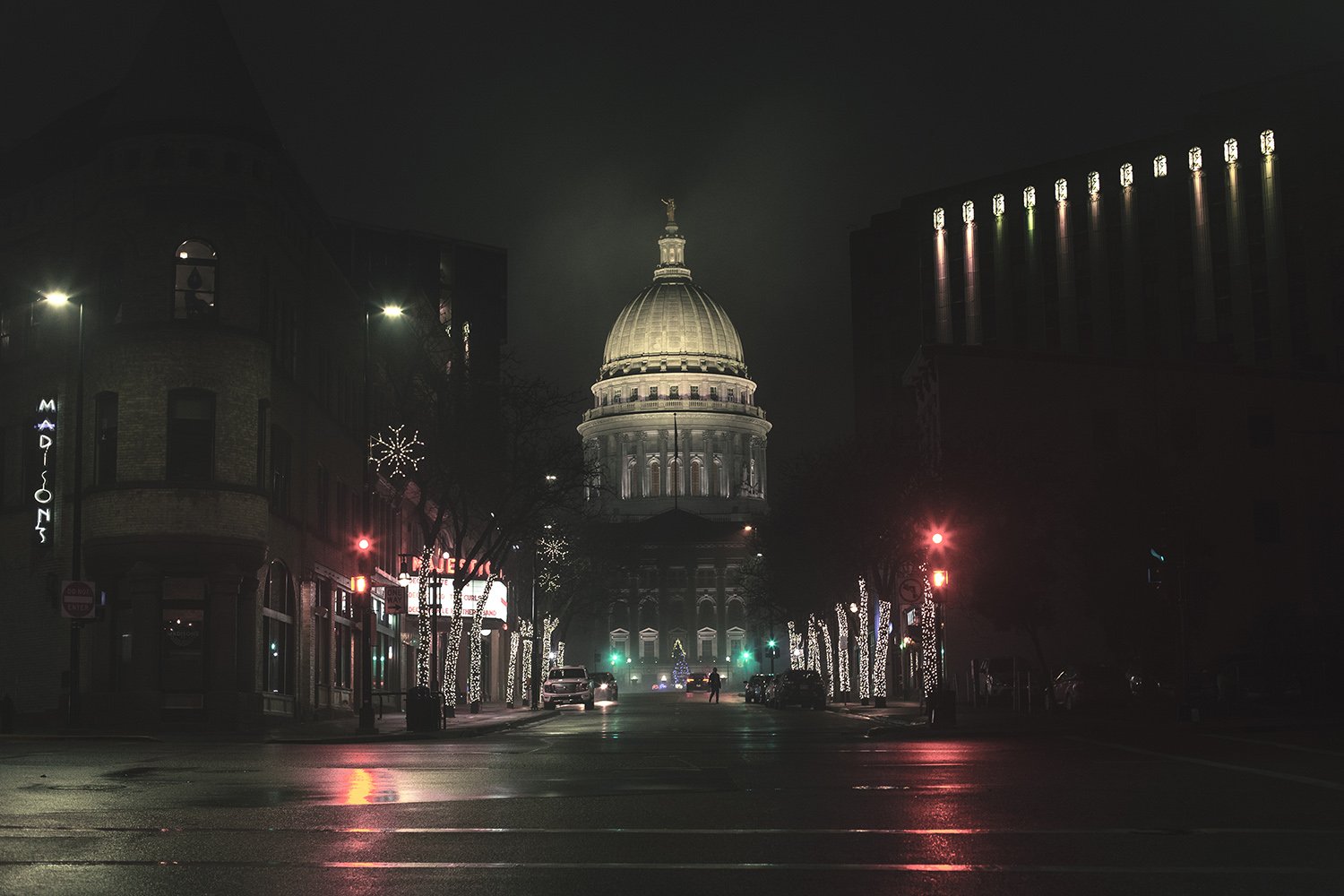
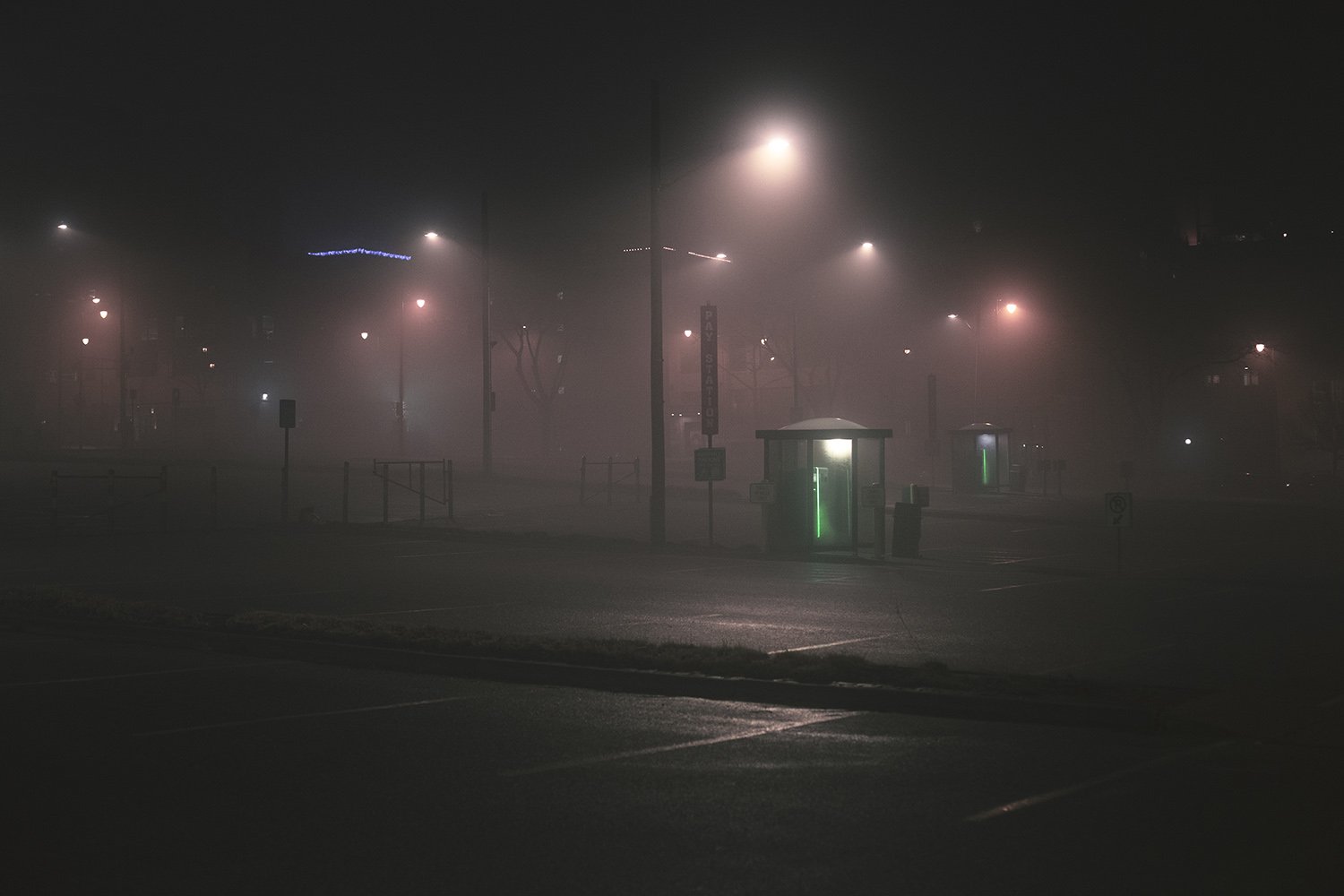
I’ve been toying with the idea of adding a blog section to my website for some time now. I want a place other than flickr and instagram to post photos that don’t fall into my portfolio or projects i’ve been working on. So here we go.
My plans for Christmas this year had a bit of a wrench thrown into them due to covid. The days leading up were filled with uncertainty, speculation, last minute coordination, and cancelations. Christmas Eve ended up being the only day with solidified plans. I woke up to dense fog outside my window and immediately wished that I had time to drive around and shoot. I’ve been wanting to shoot abandoned houses in the fog since I started working on that project and it’s just never worked out in my favor. Fog always seems to roll through when i’m at my busiest, and clears by the time i’m free. Go figure. I assumed that this day would be no different as I was going to my dad’s in the early afternoon, and to New Glarus with Vanessa that evening. However, I ended up with an hour or two to kill between obligations, and miraculously the fog had thickened instead of dissipated. It was too dark to head out into the country and photograph old houses, so I decided to drive downtown. Since I didn’t have my tripod with me I committed to using solely my 50mm f1.4 lens, which ended up being a fun challenge to work with and something that I plan to do more often. I found a few spots that fit the mood that I envisioned. I doubled back on some after having new ideas, and captured some quickly out of my car window at stoplights and stop signs. Once I ran out of time I was on to my next social obligation feeling happy to have gotten the opportunity to get out and shoot, even if it wasn’t exactly what I wanted to do that morning. A much needed creative outing.
To anyone who read this far, I hope you enjoyed the holidays and thank you for bearing with my rambling. I’m not sure how often this will be updated.








